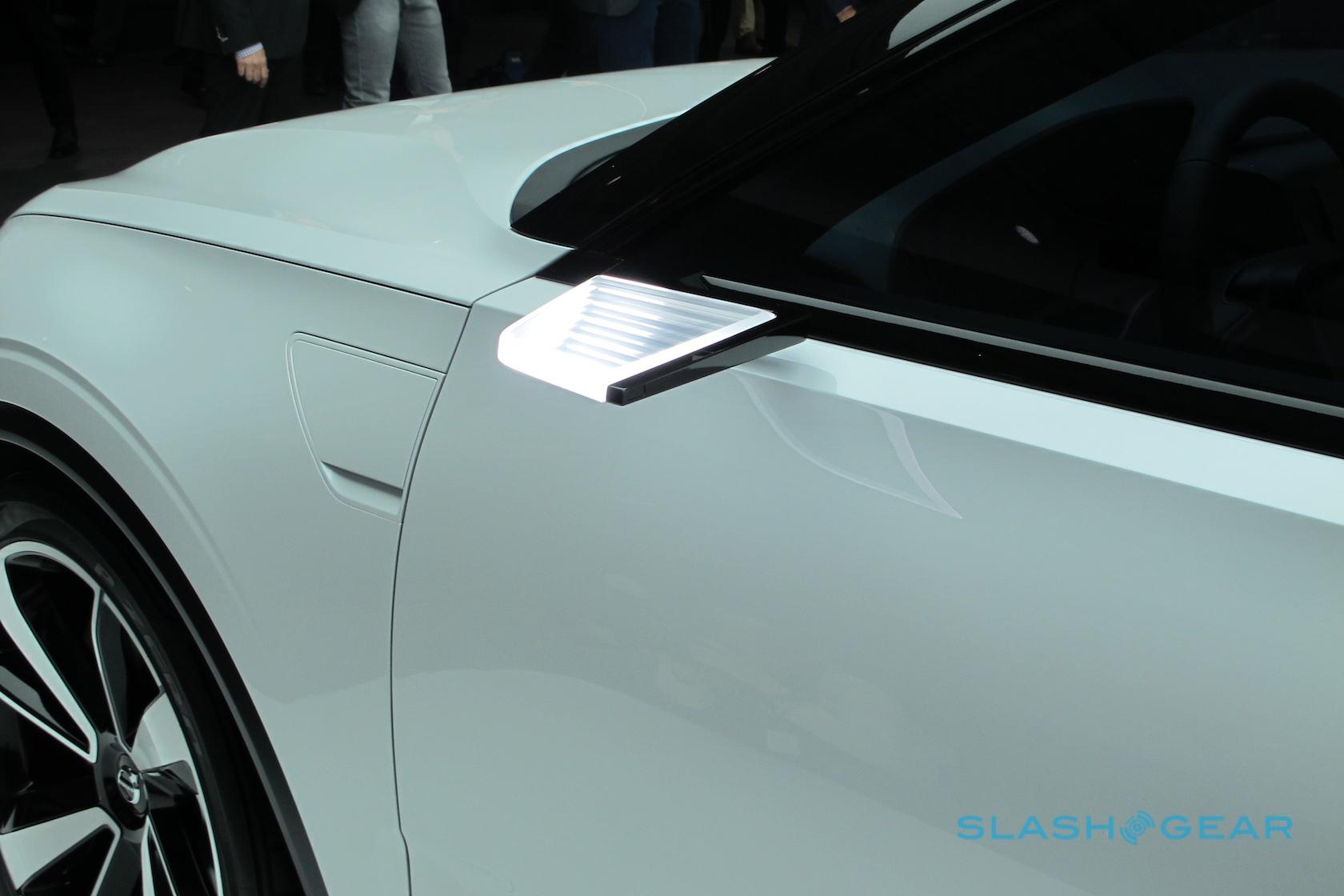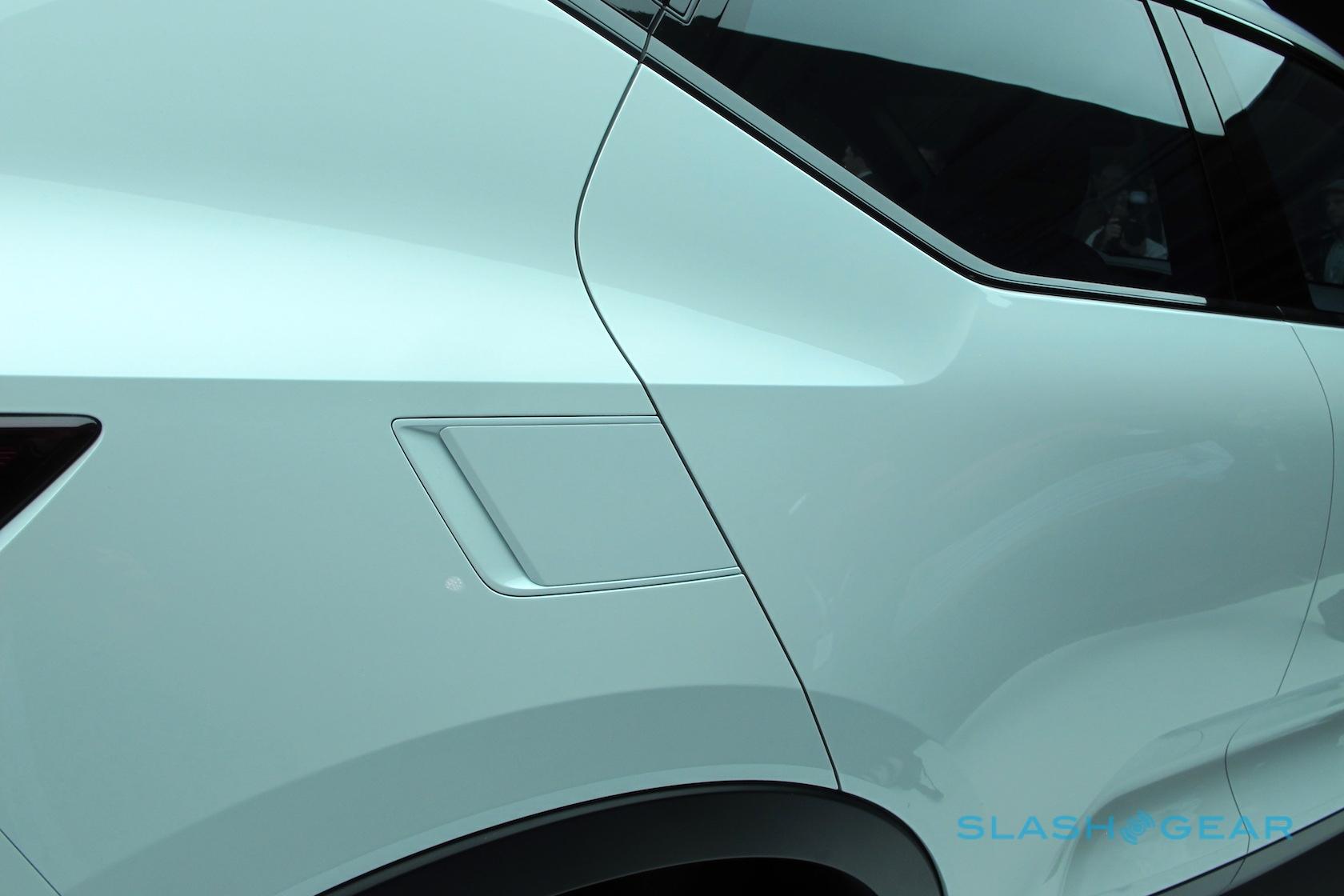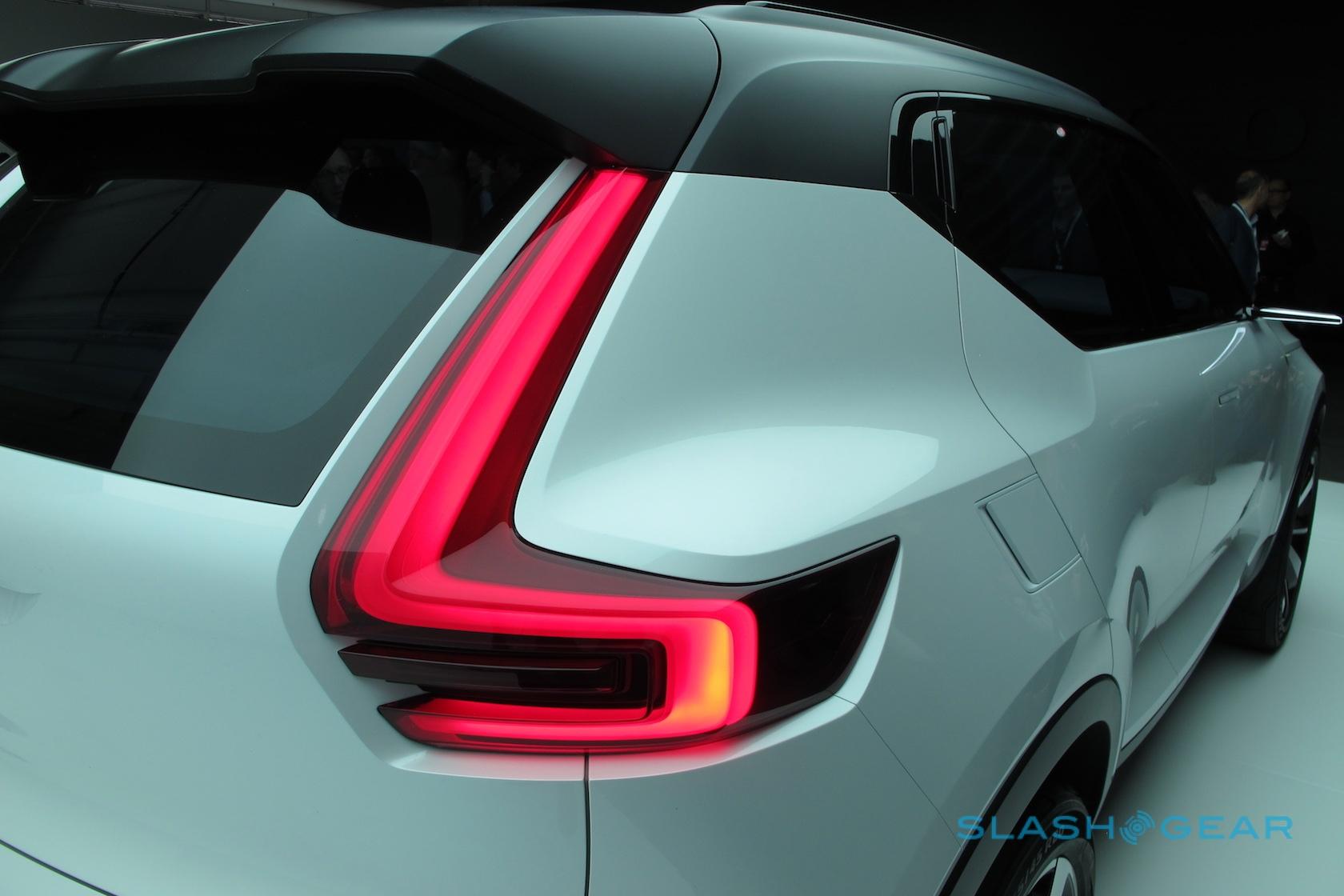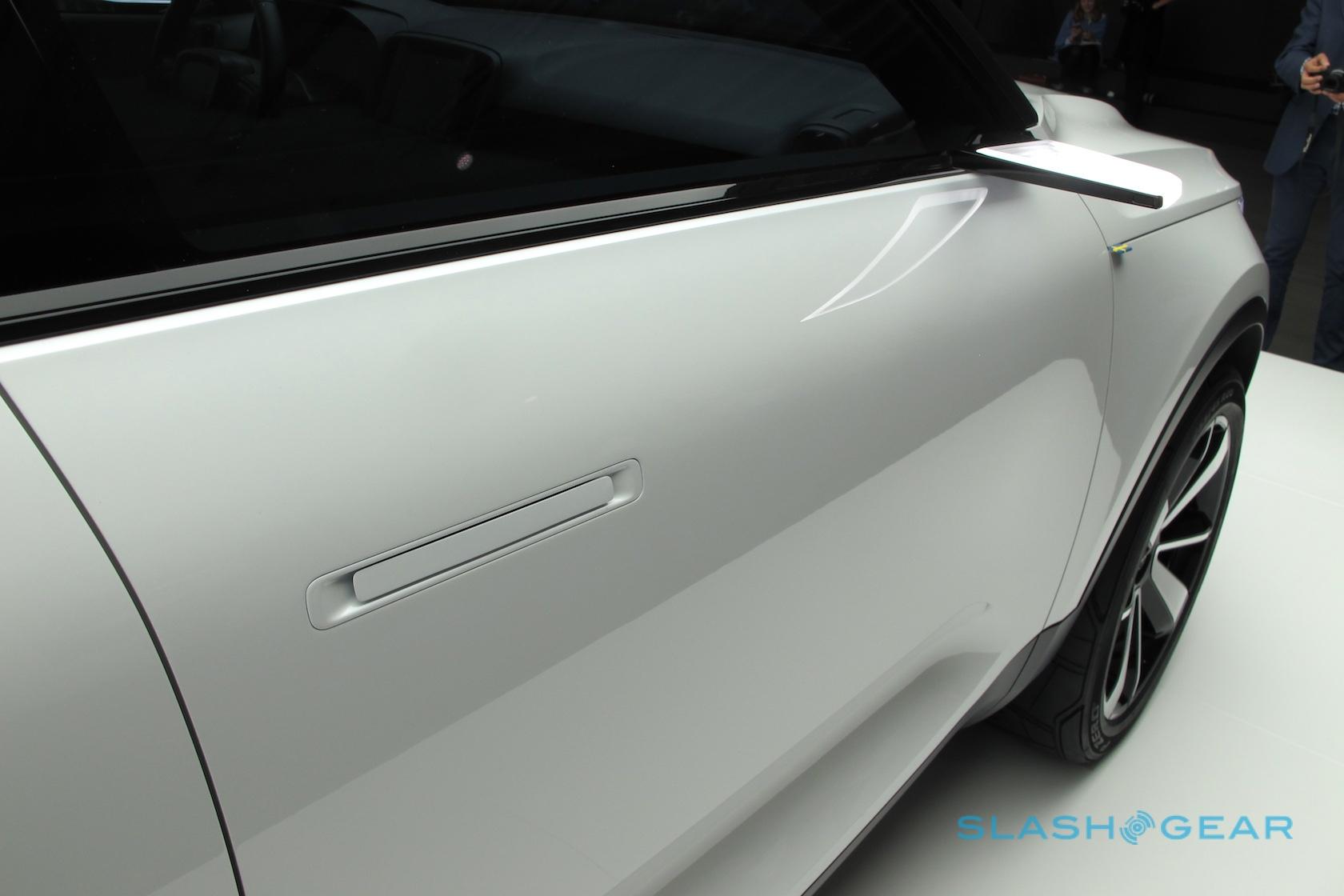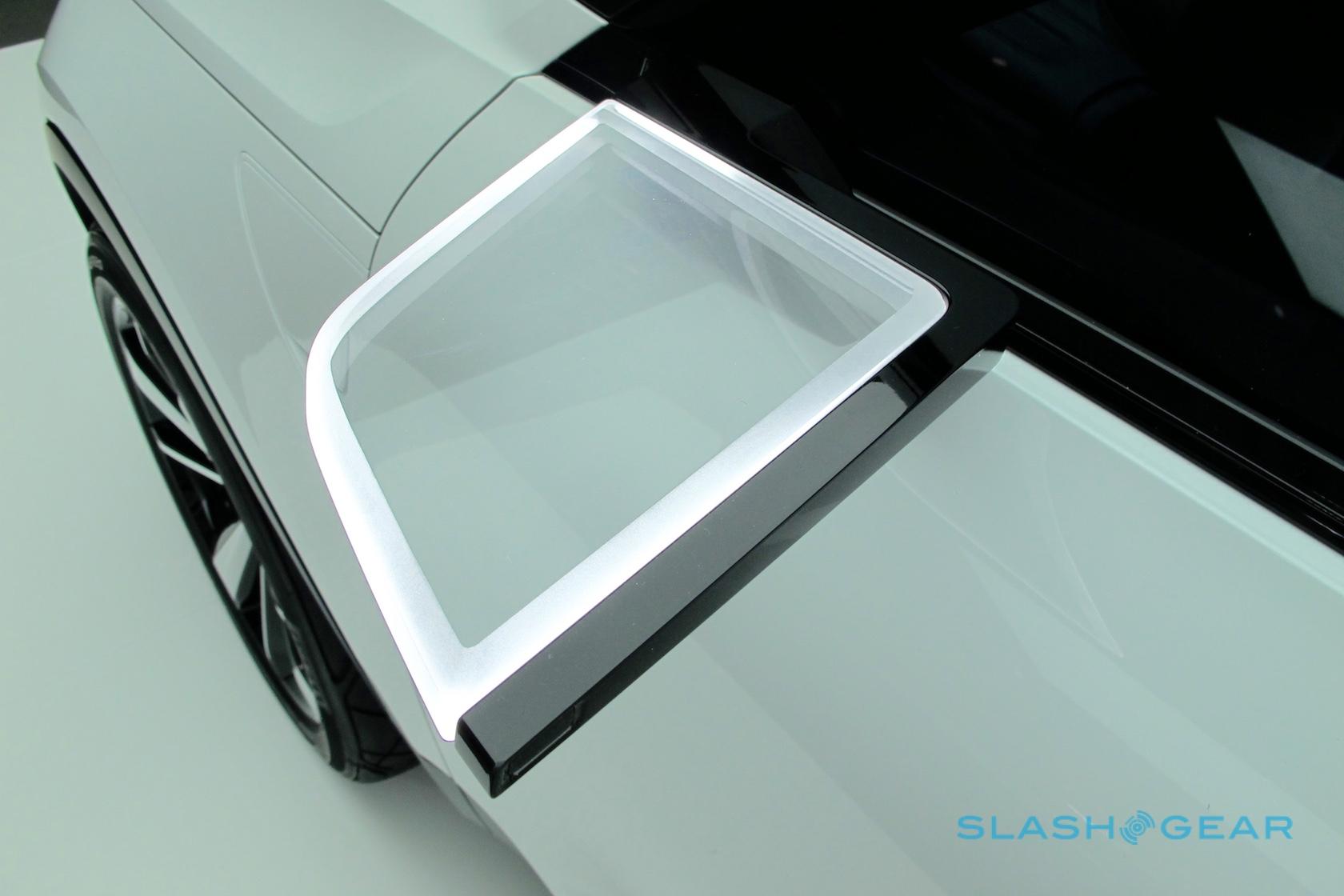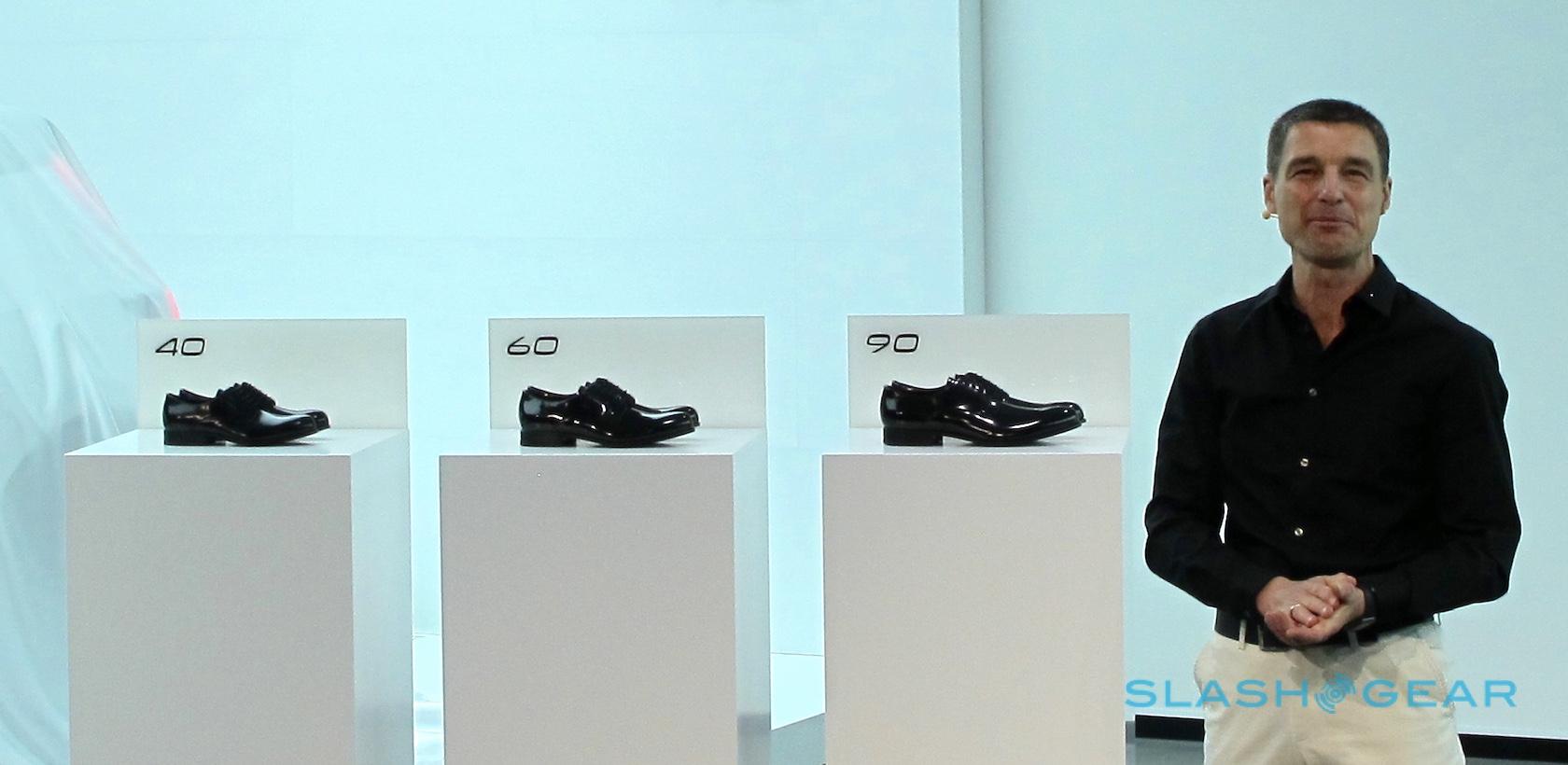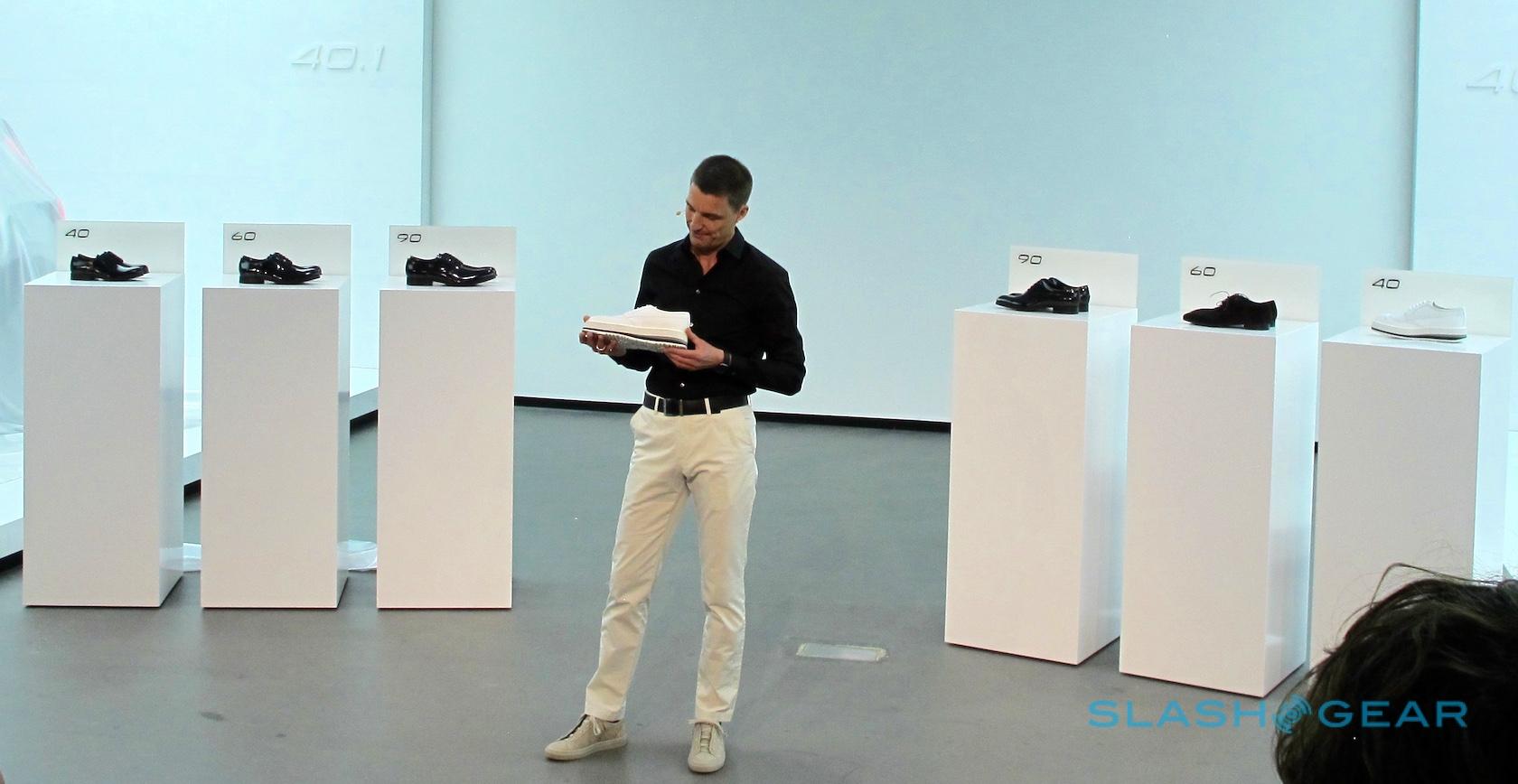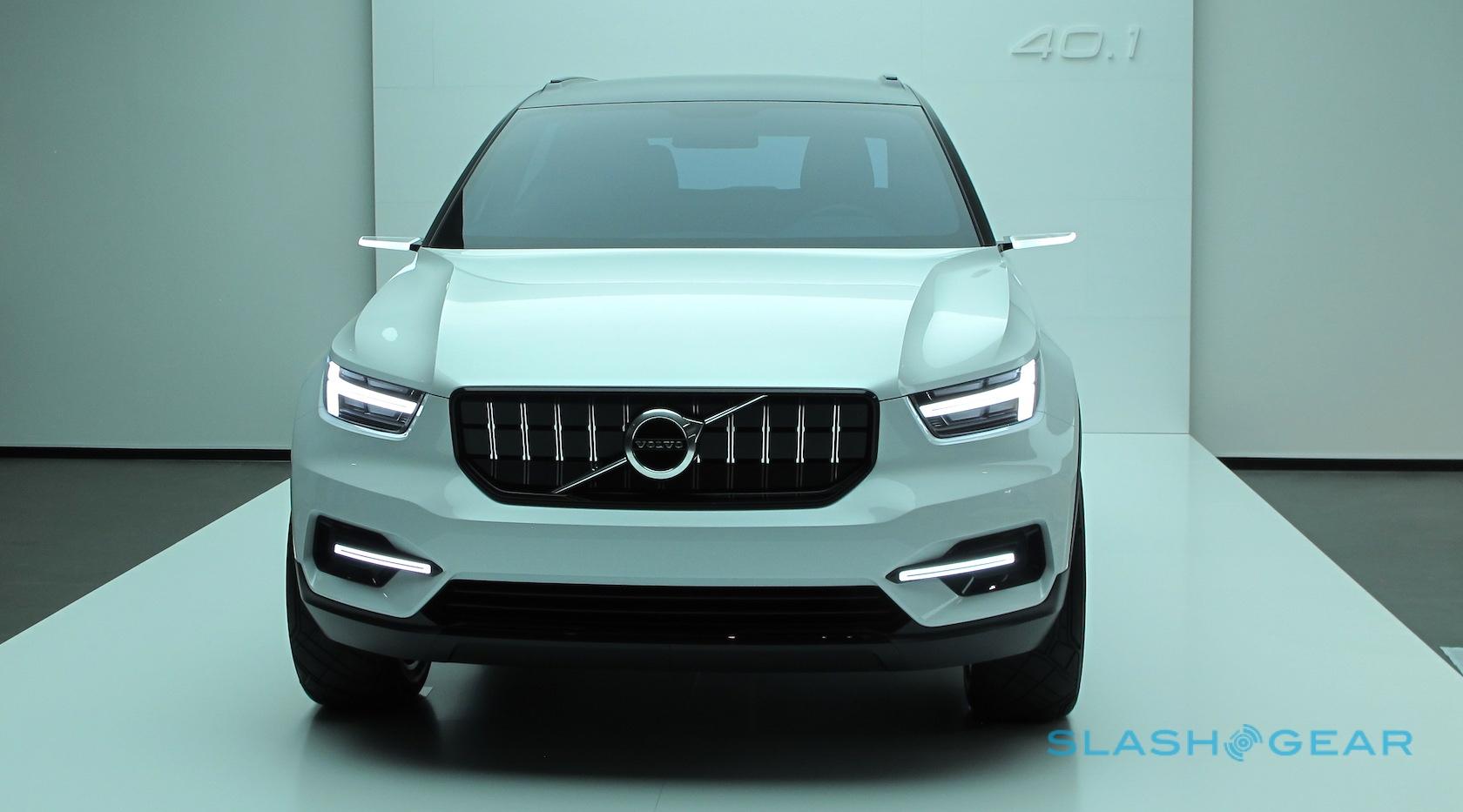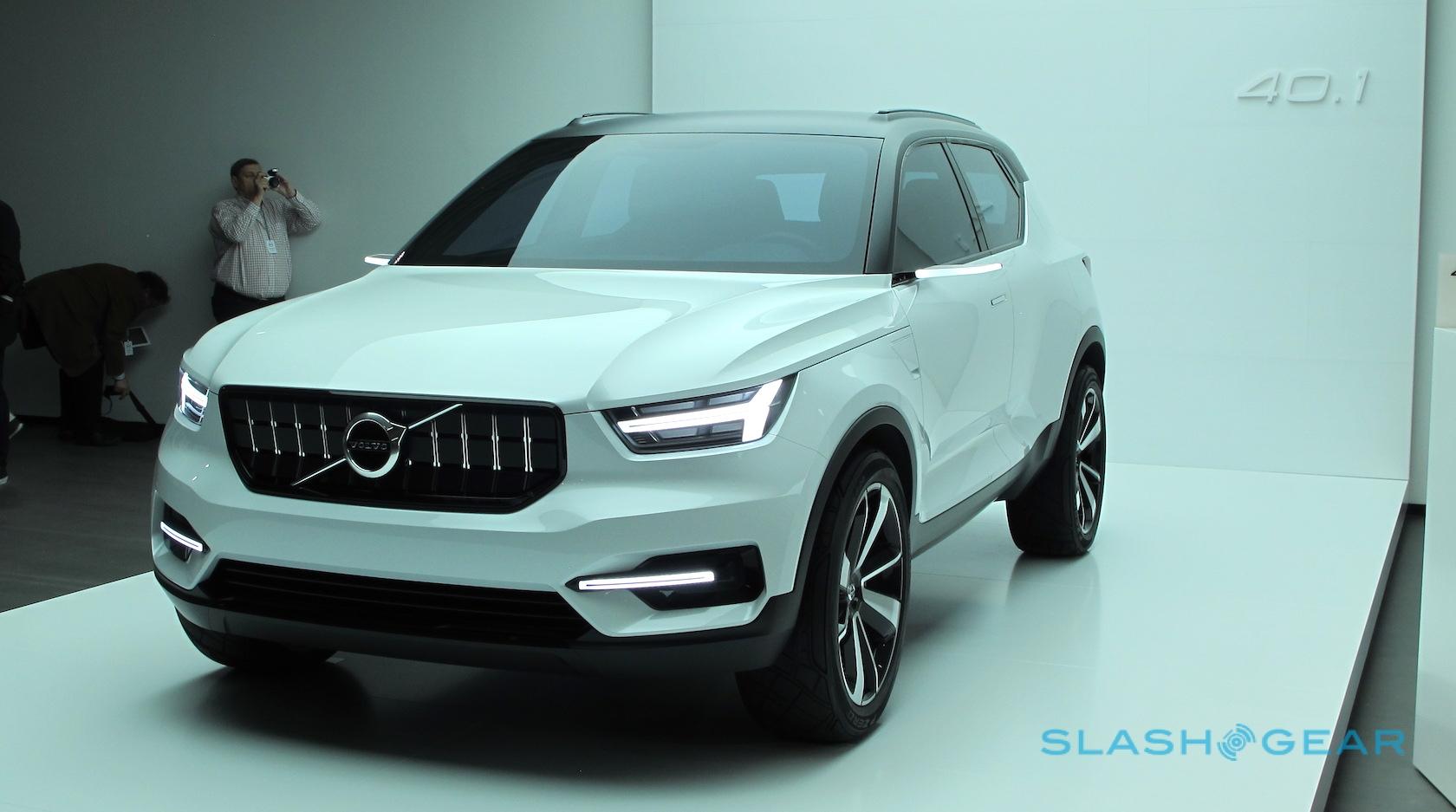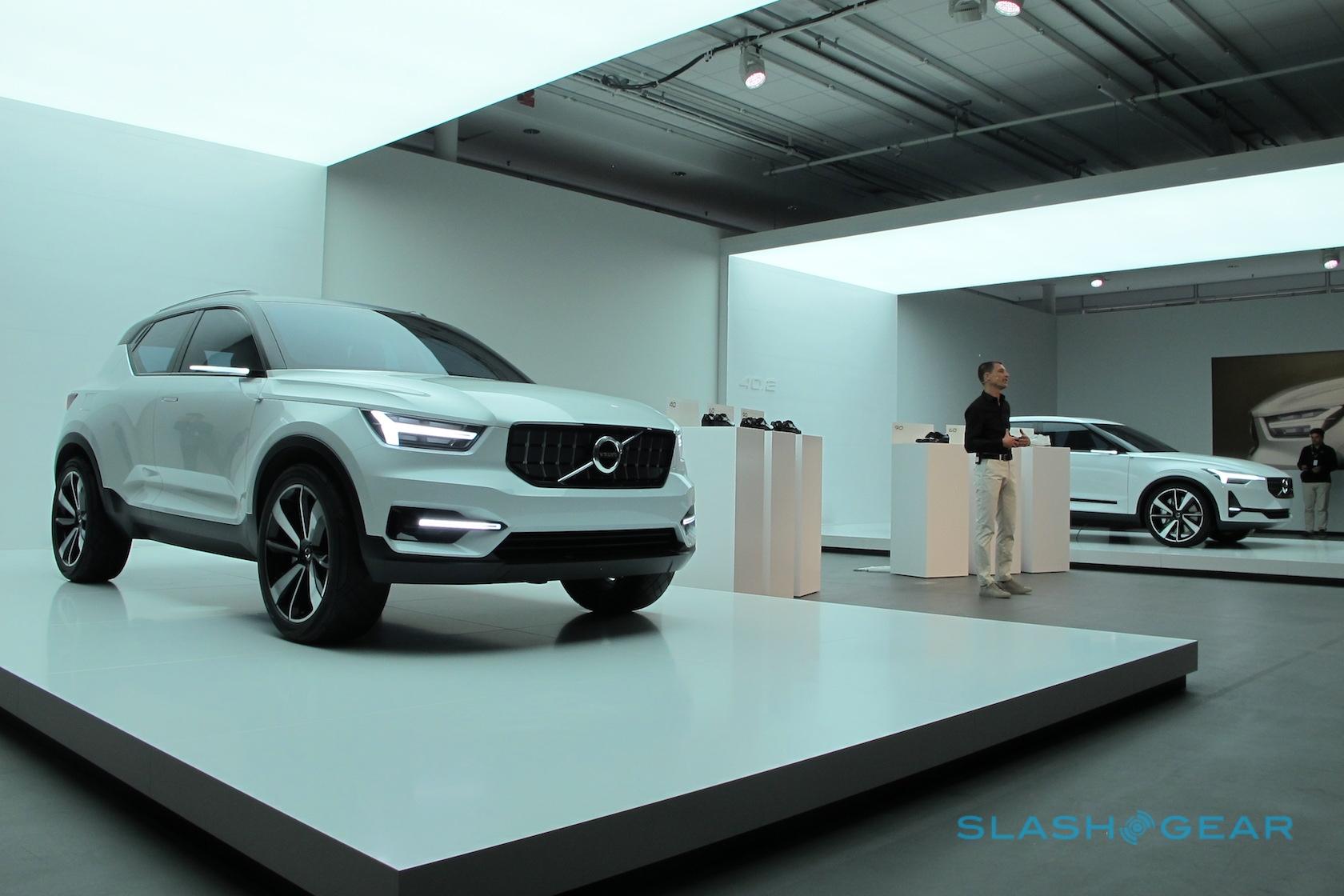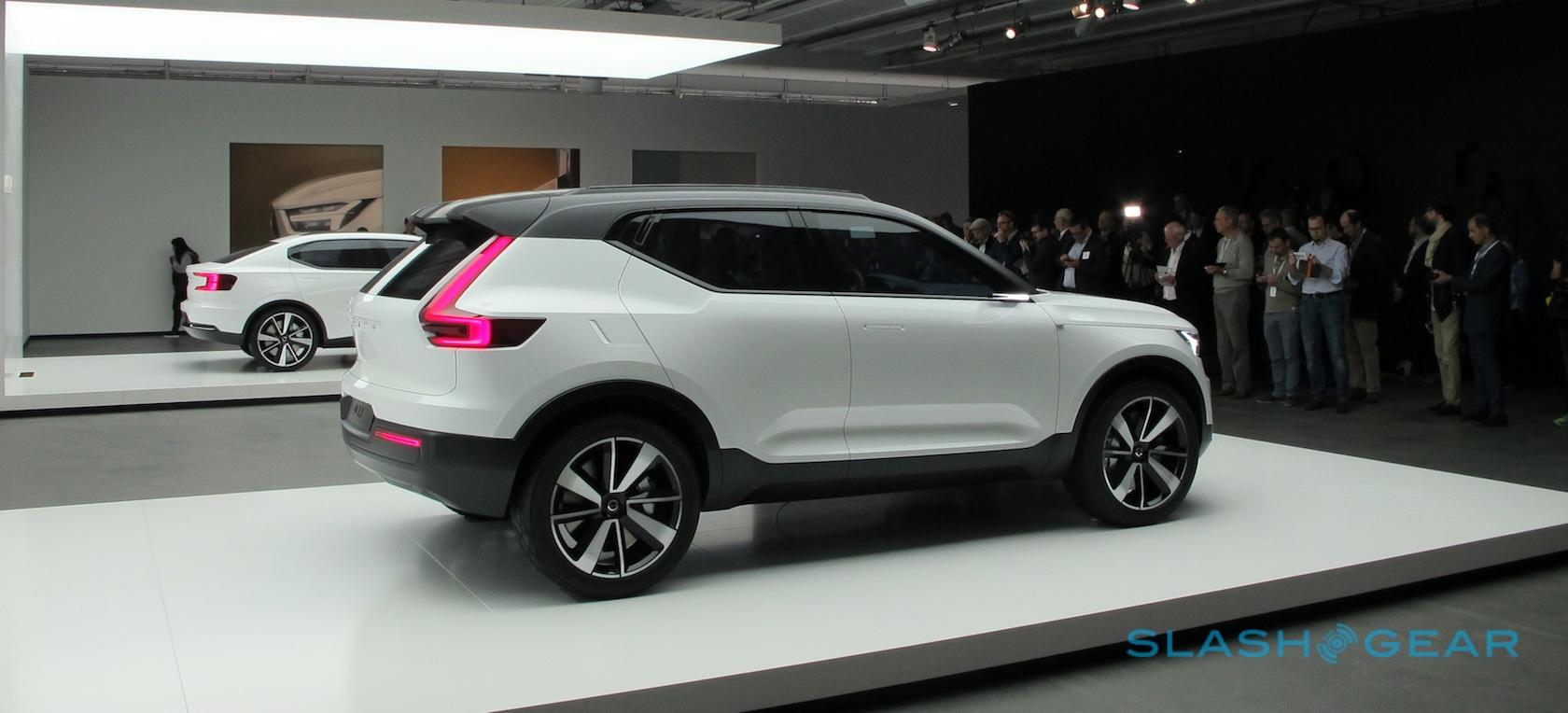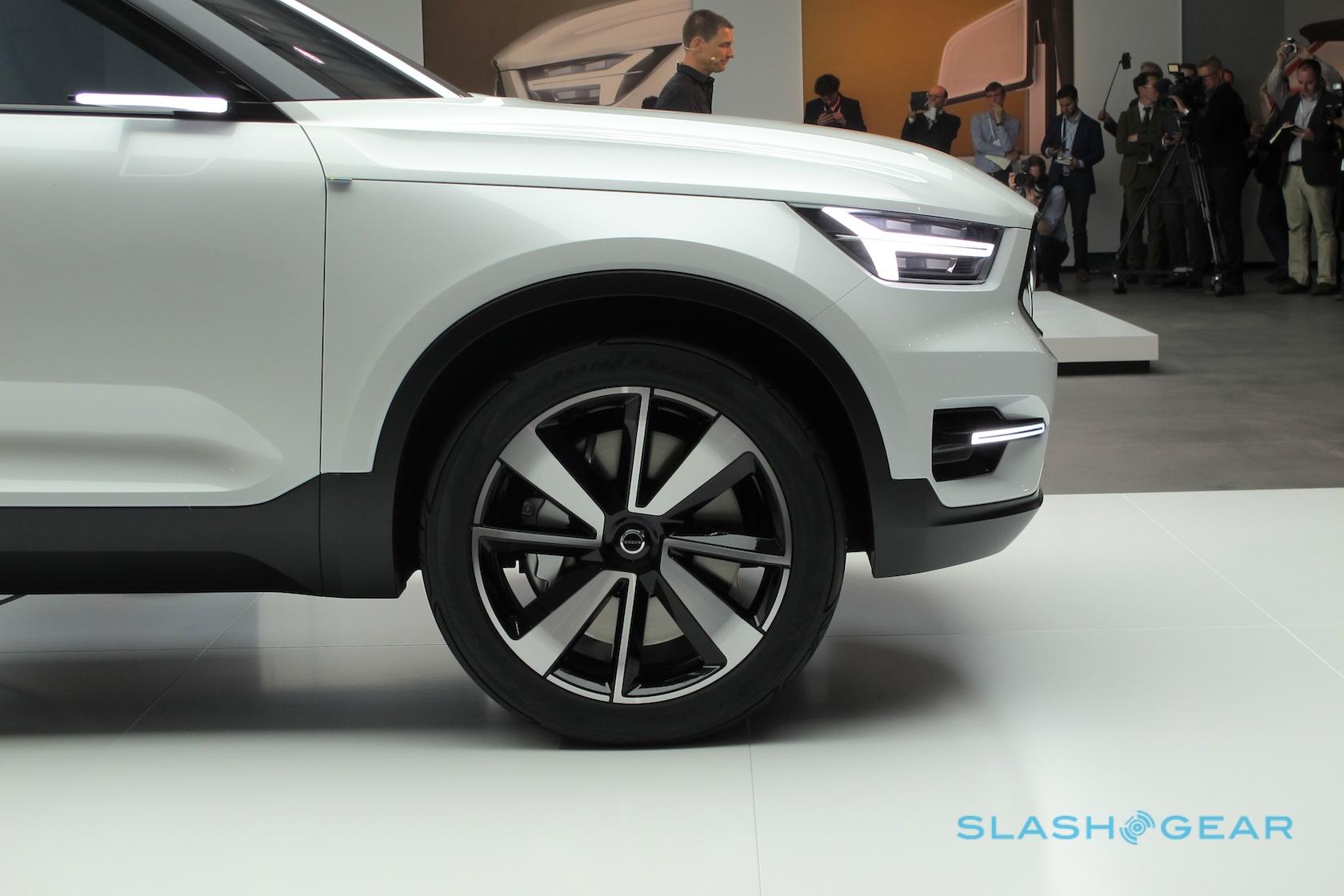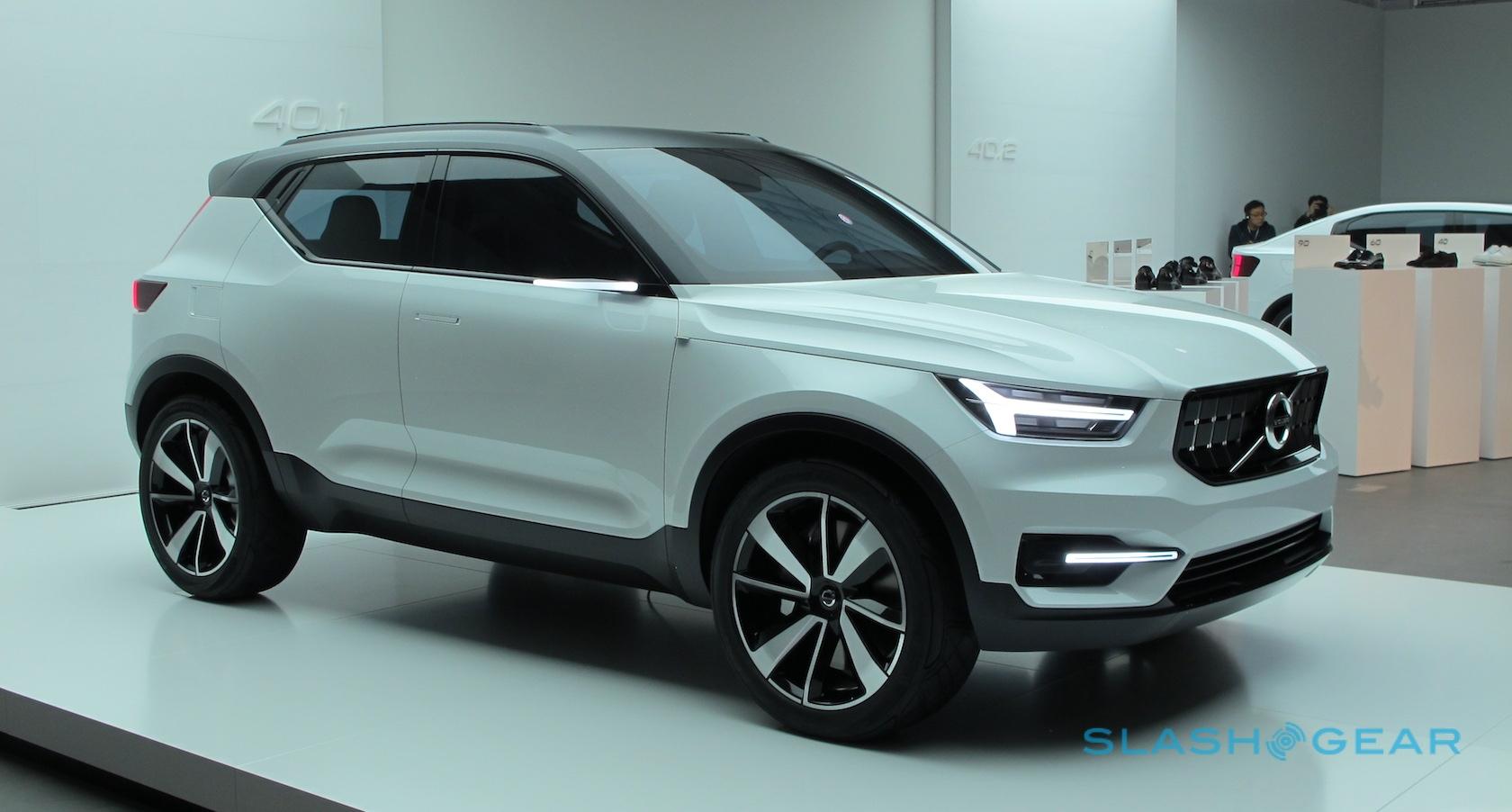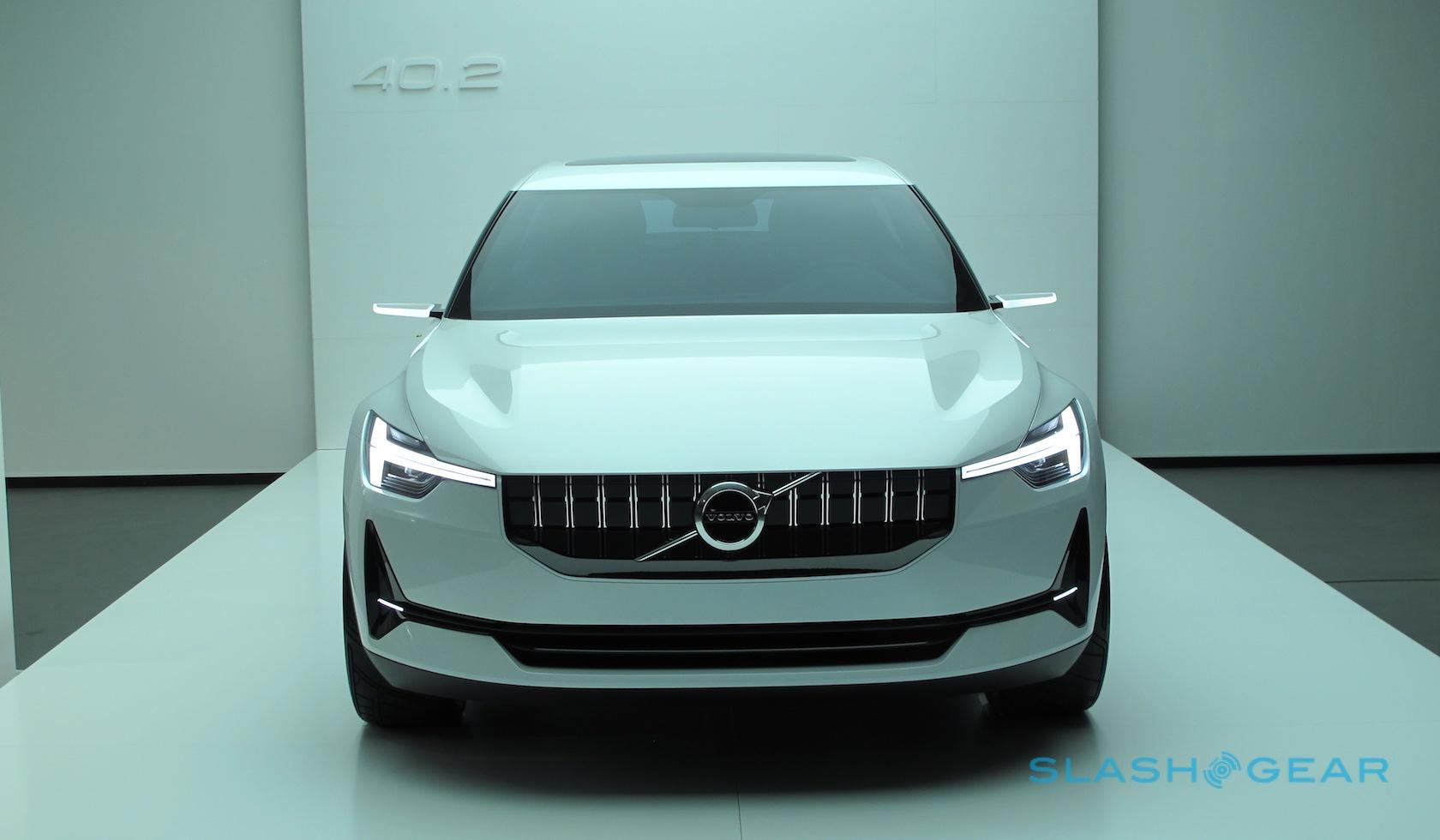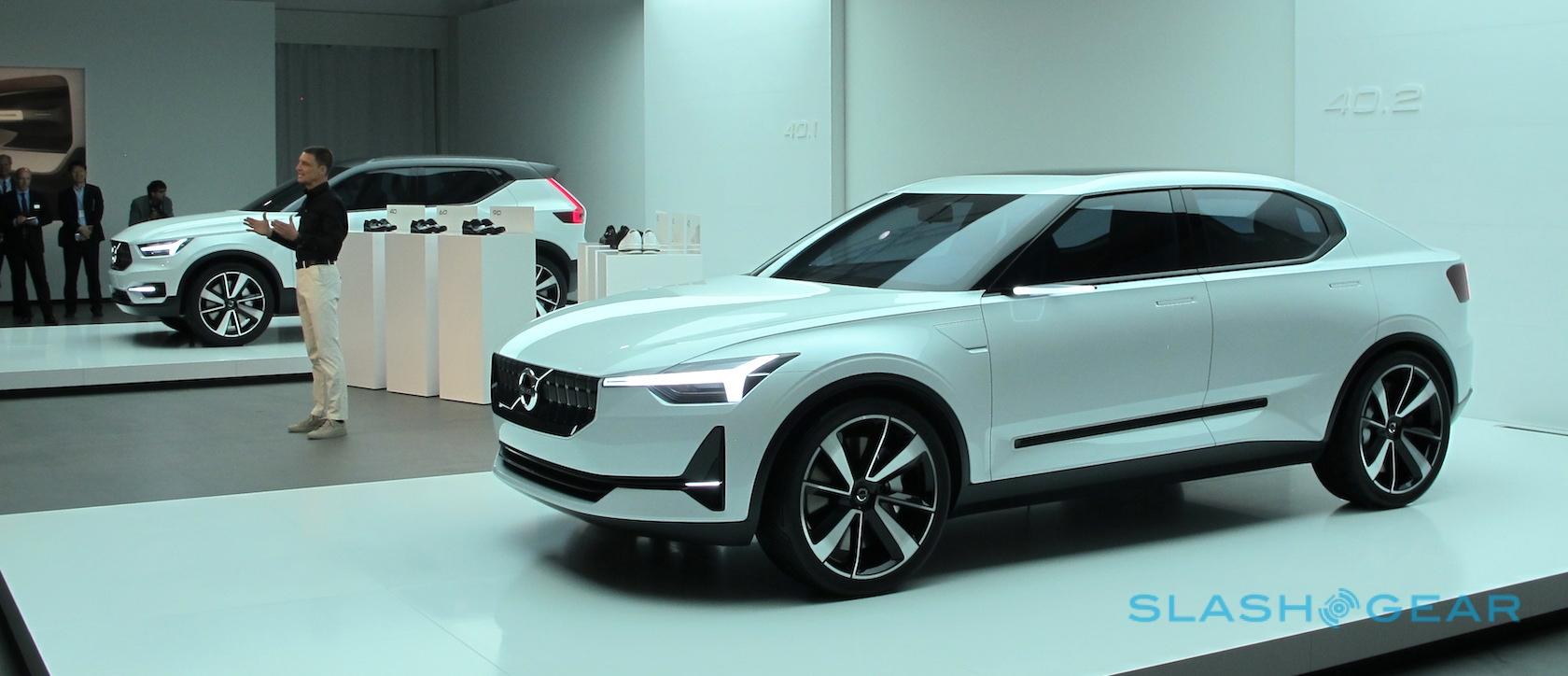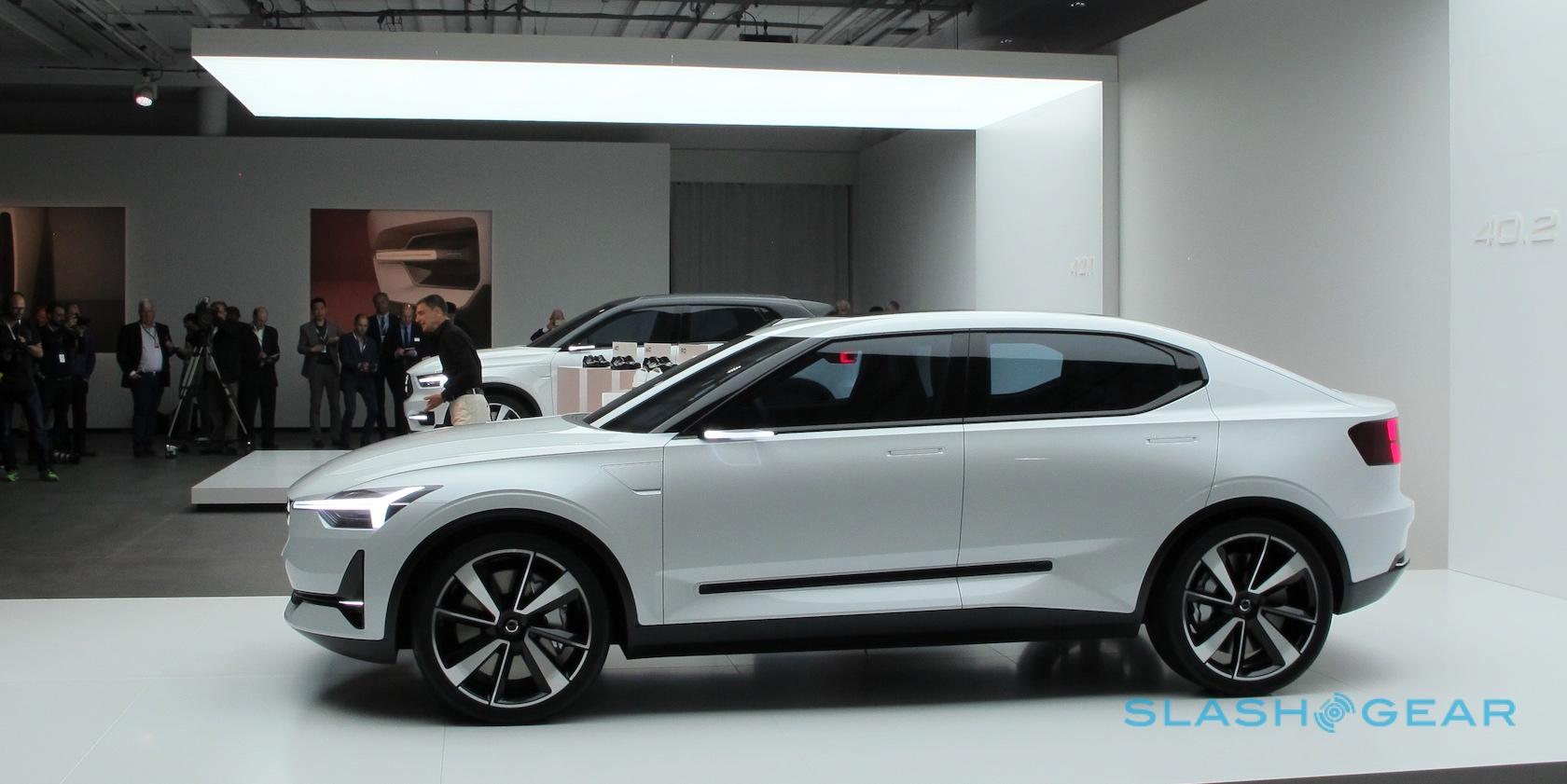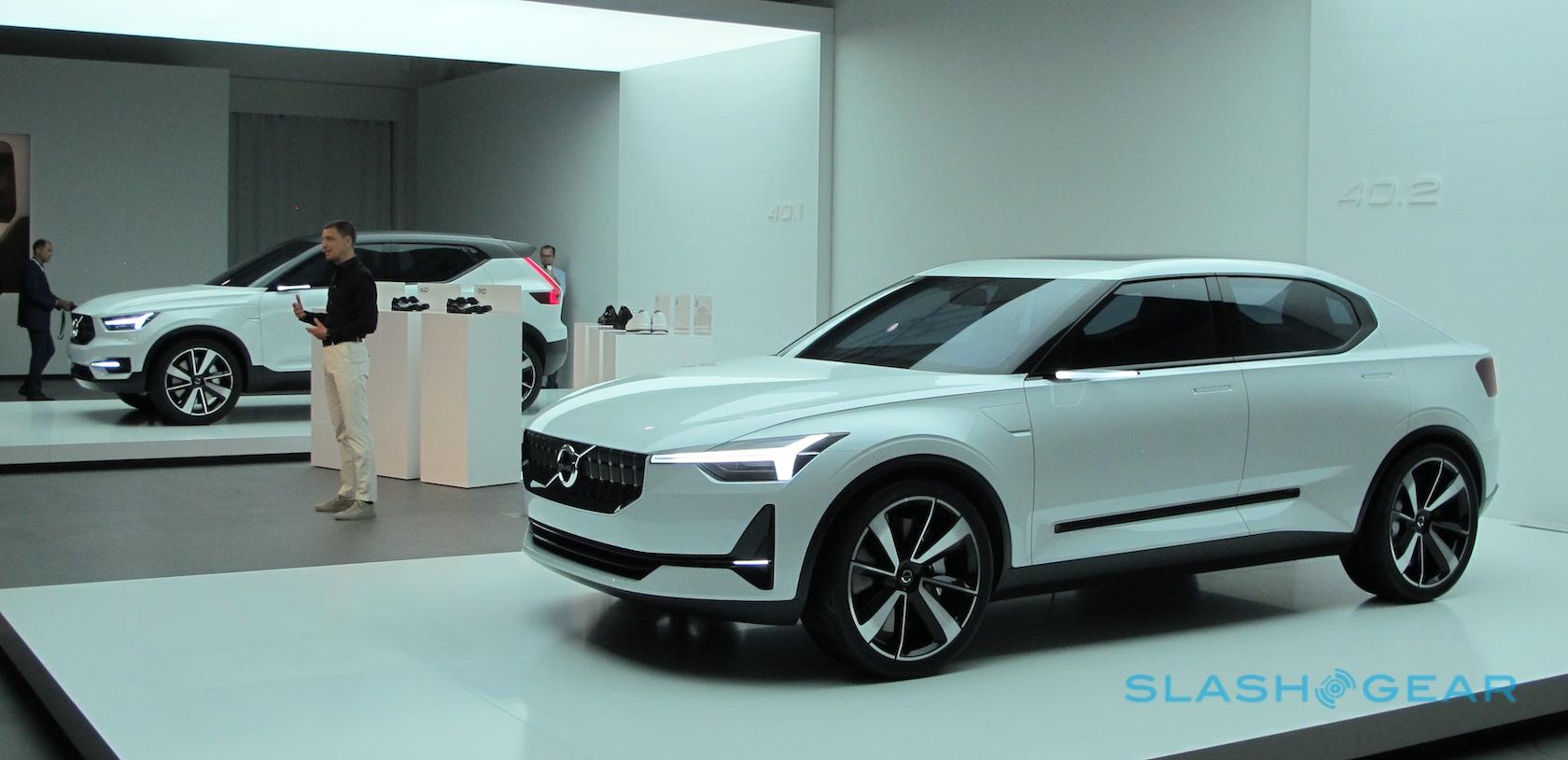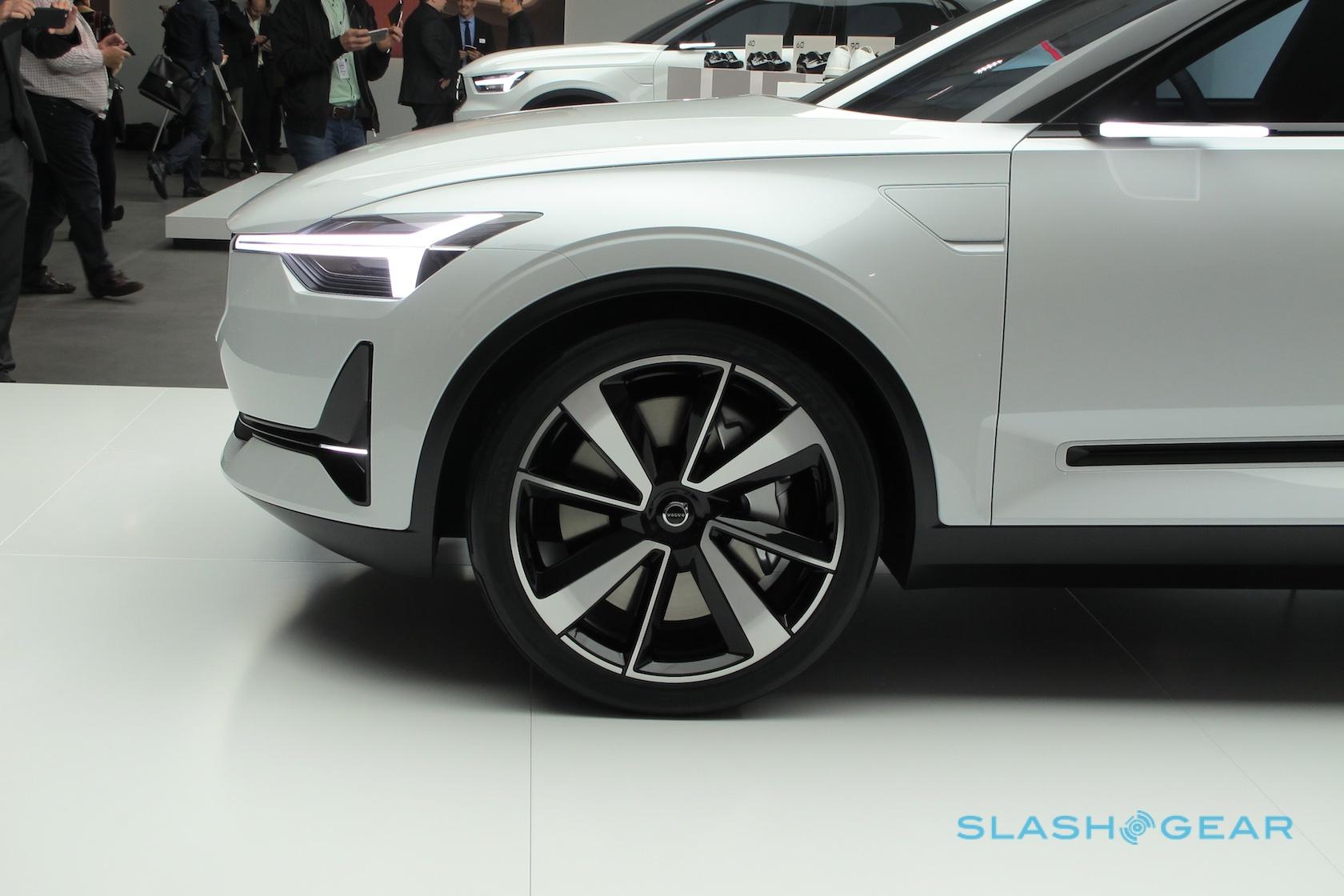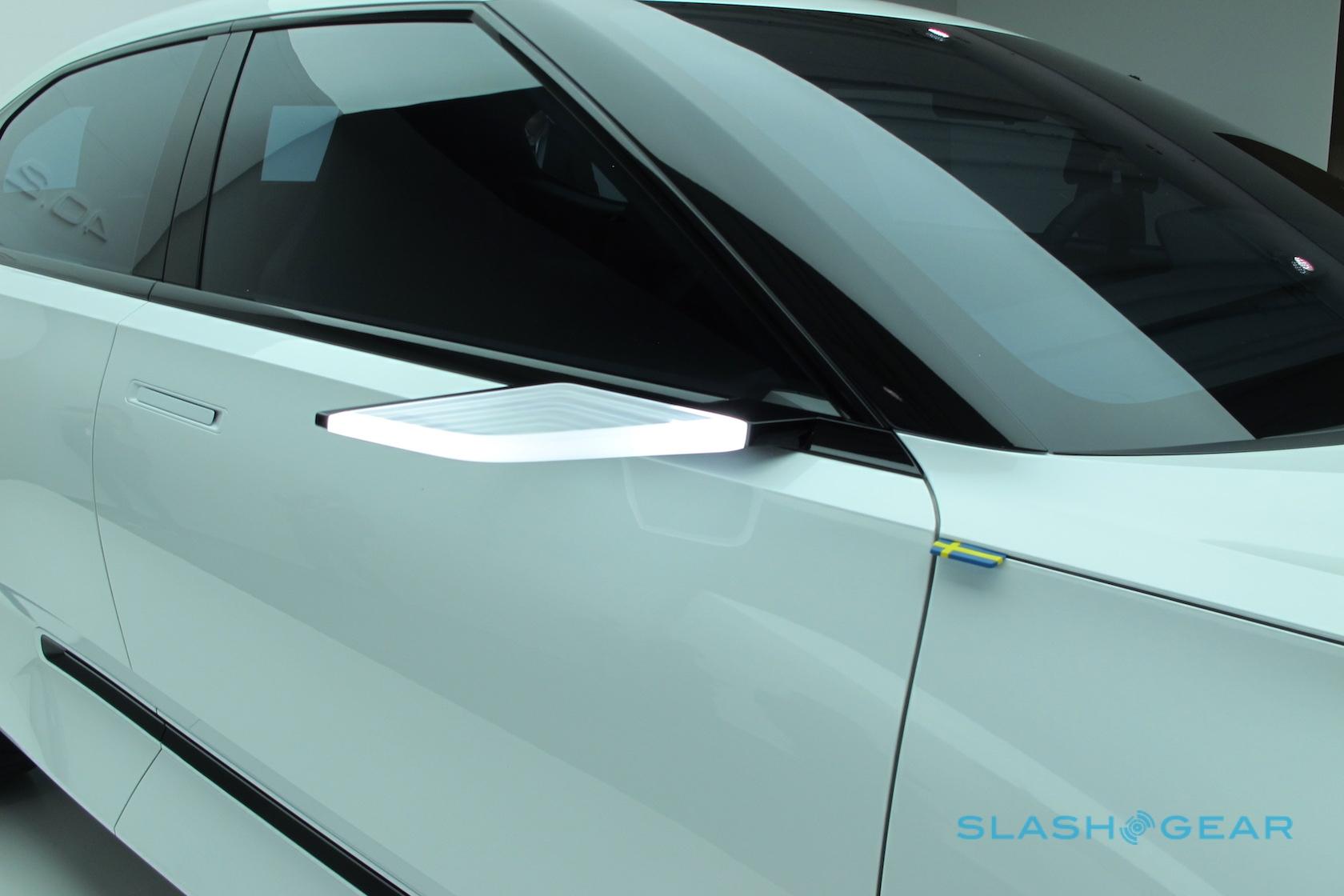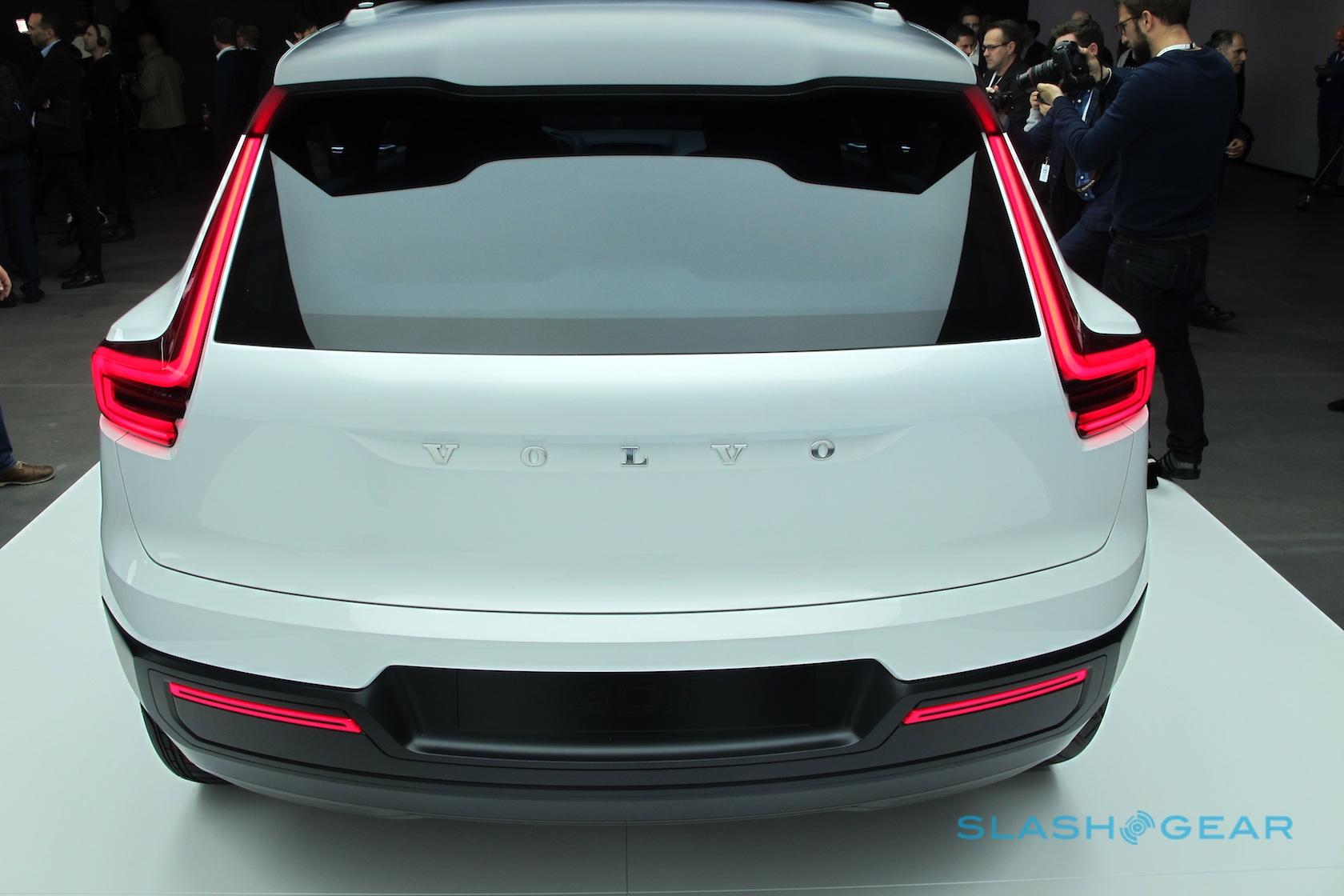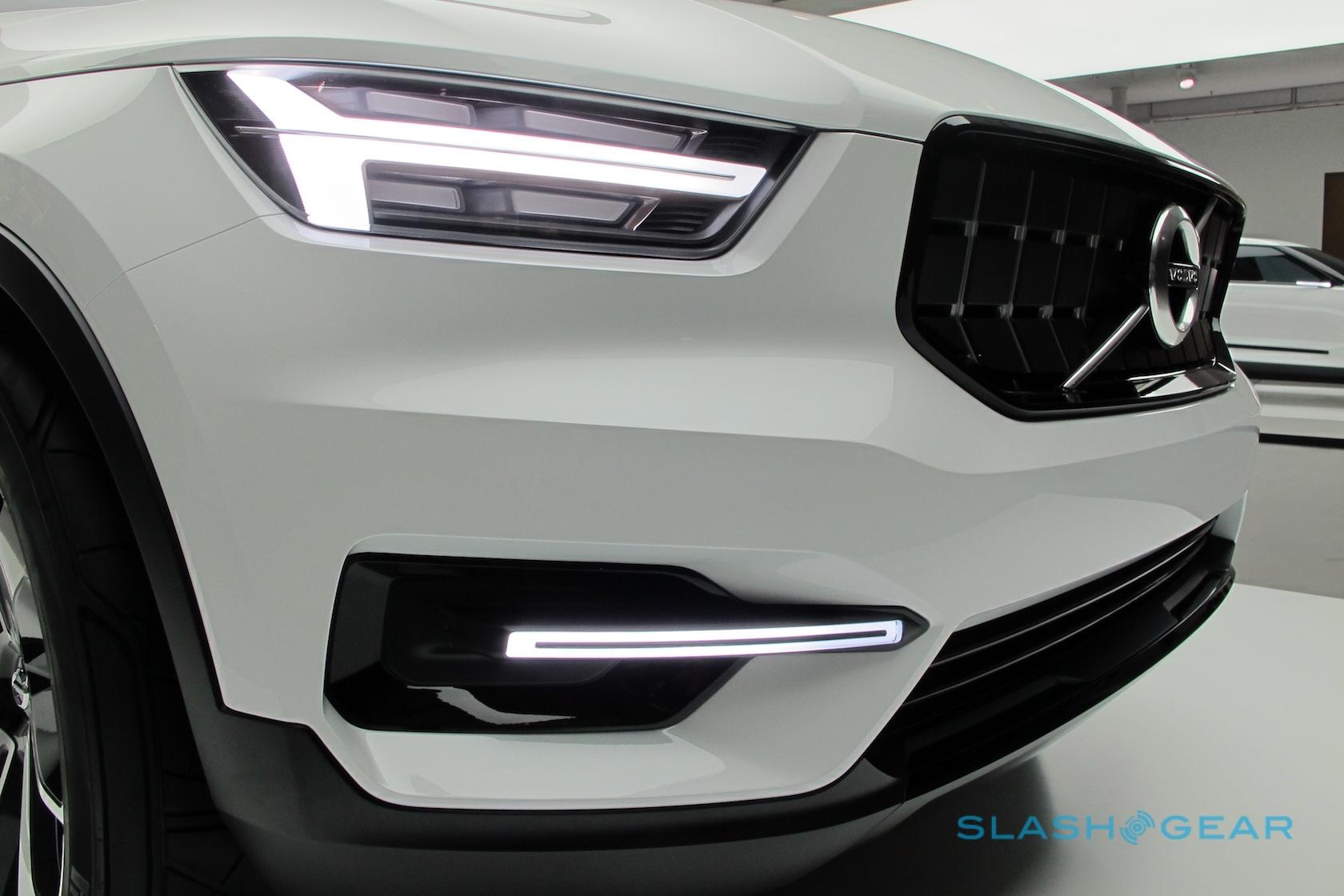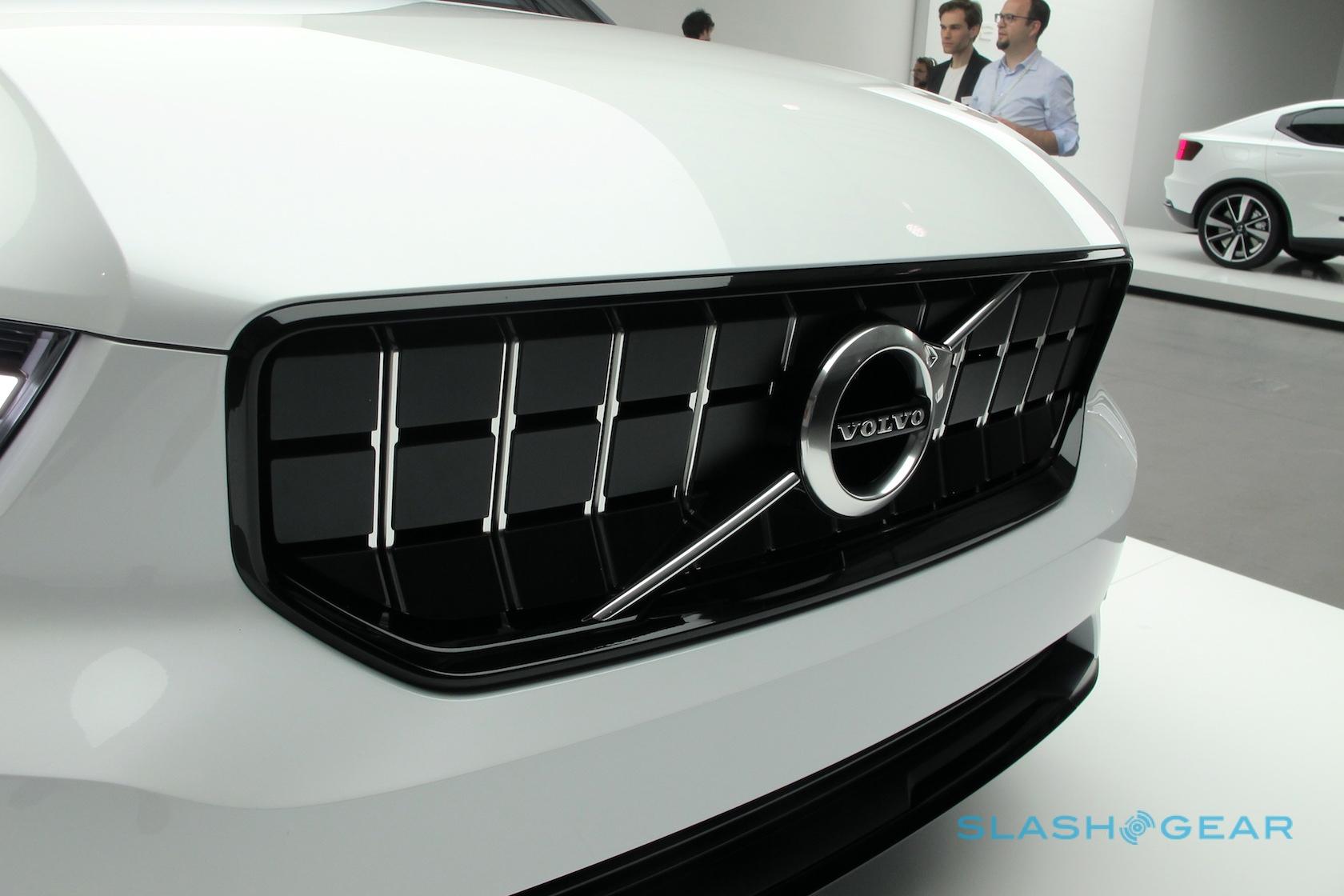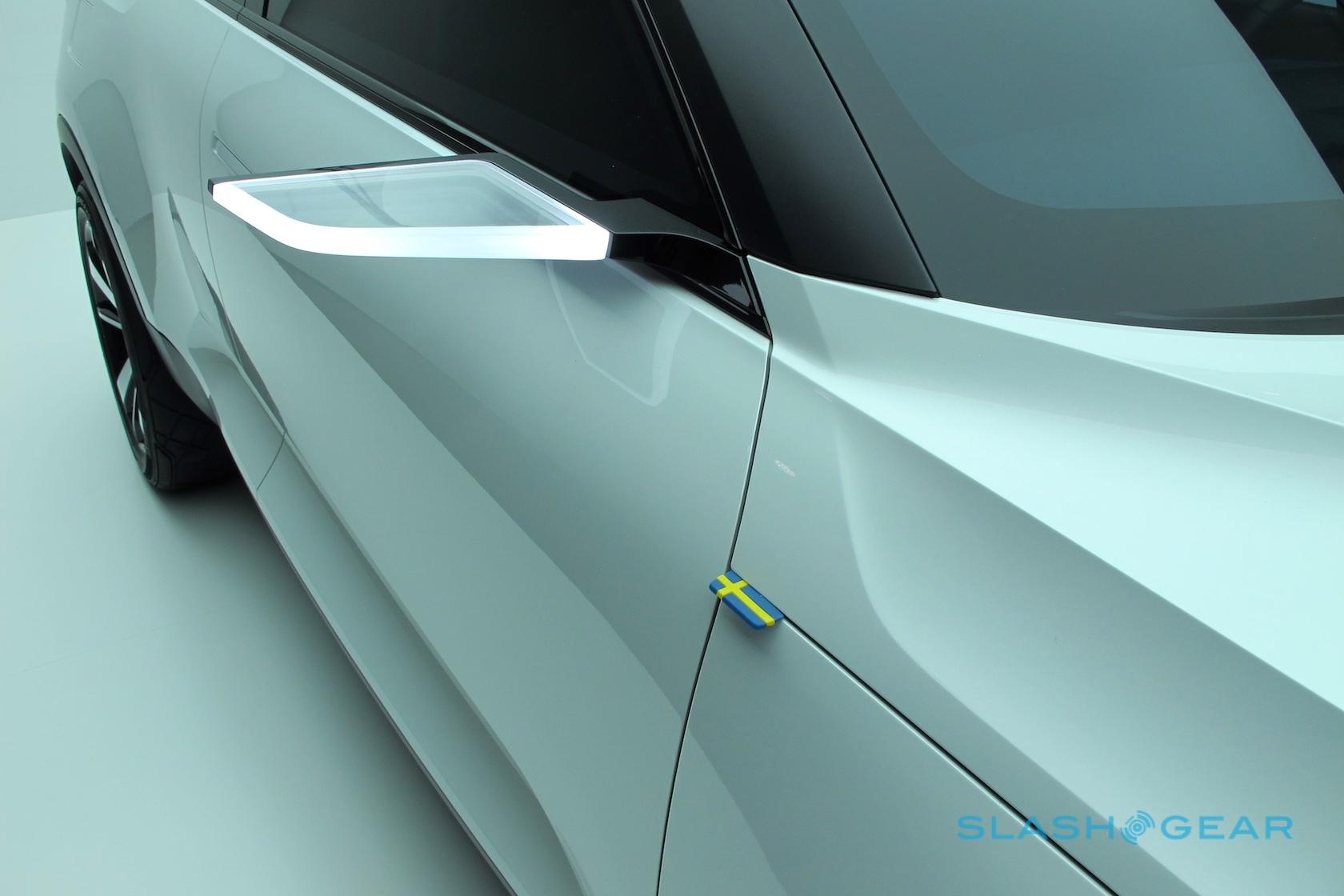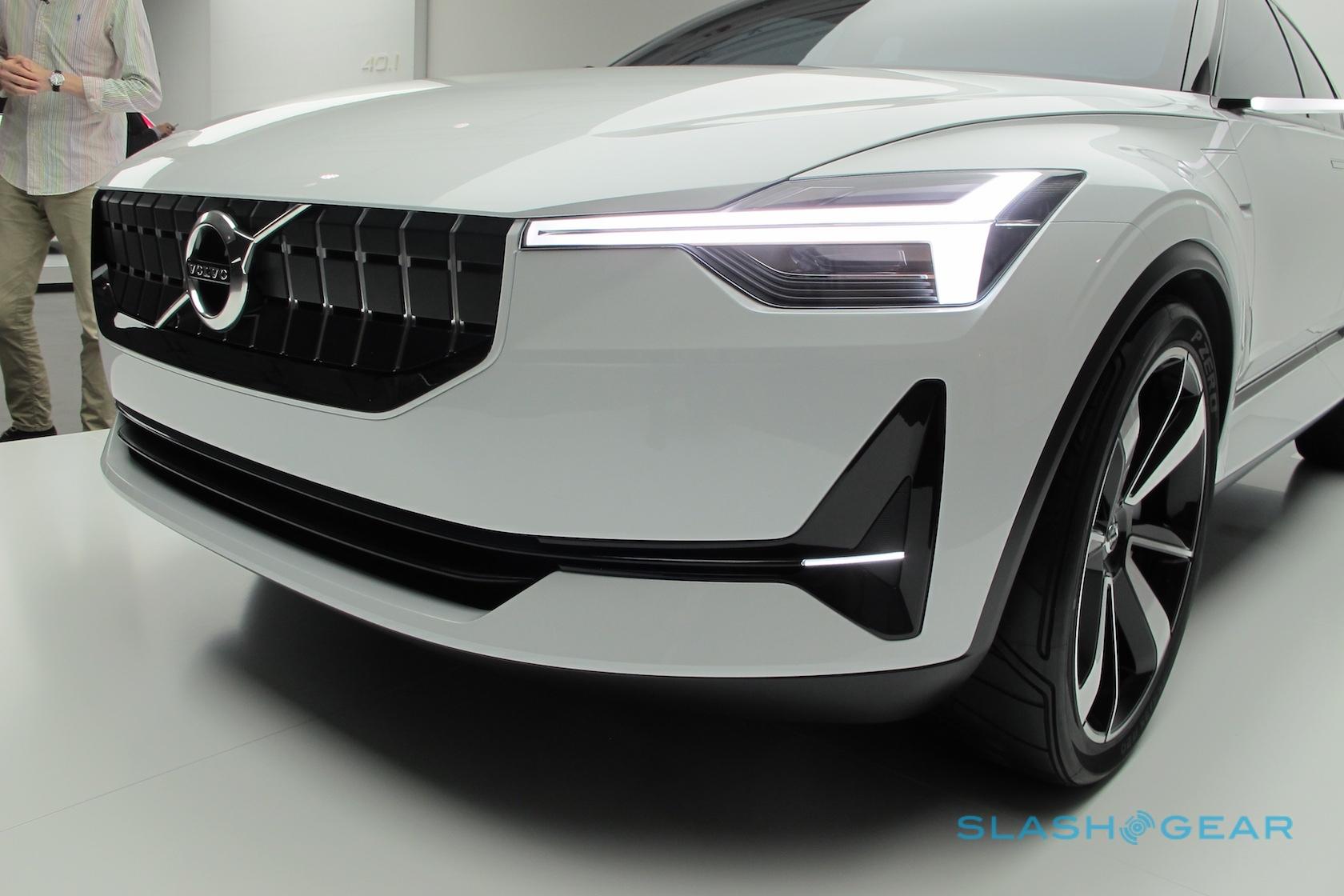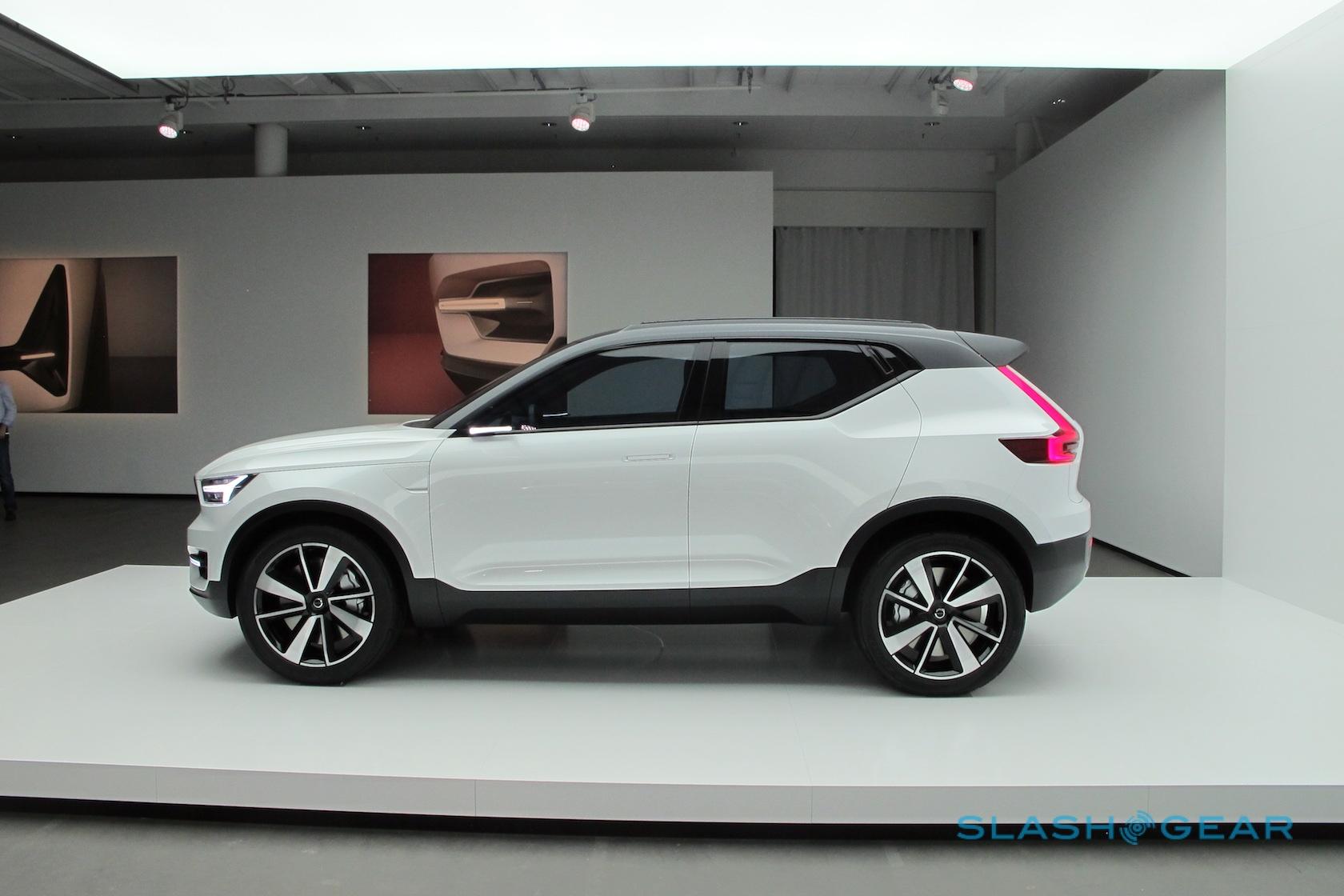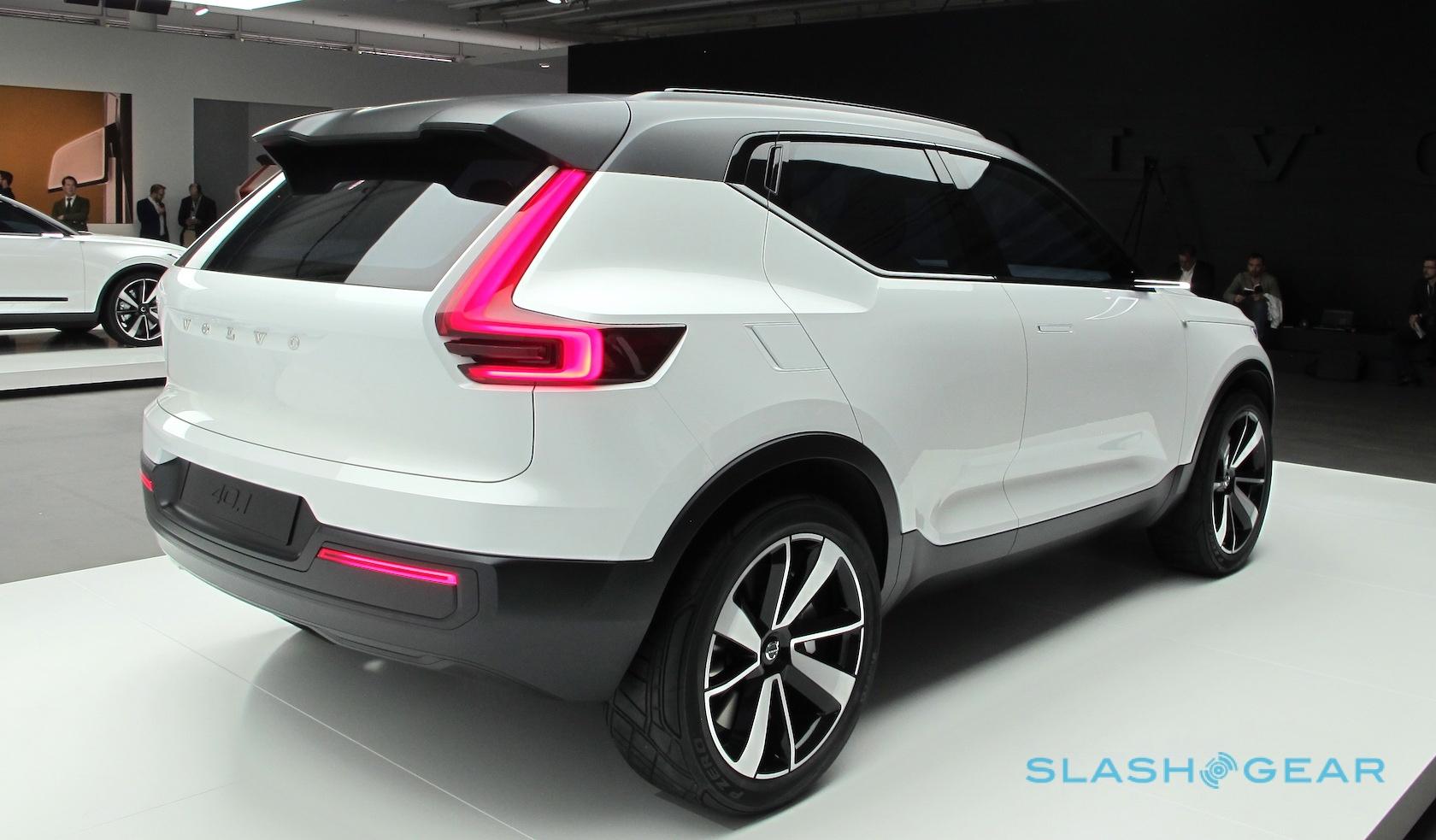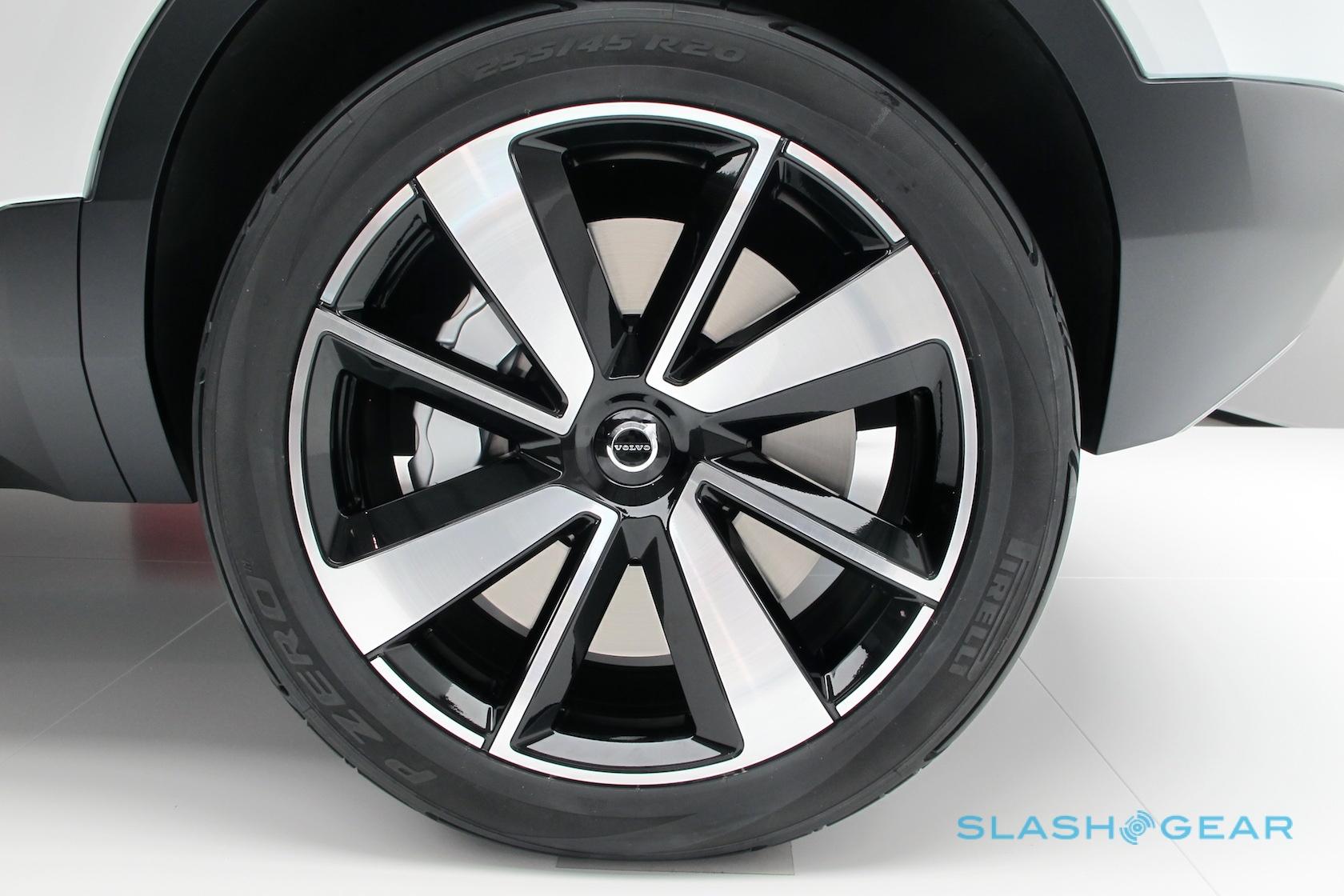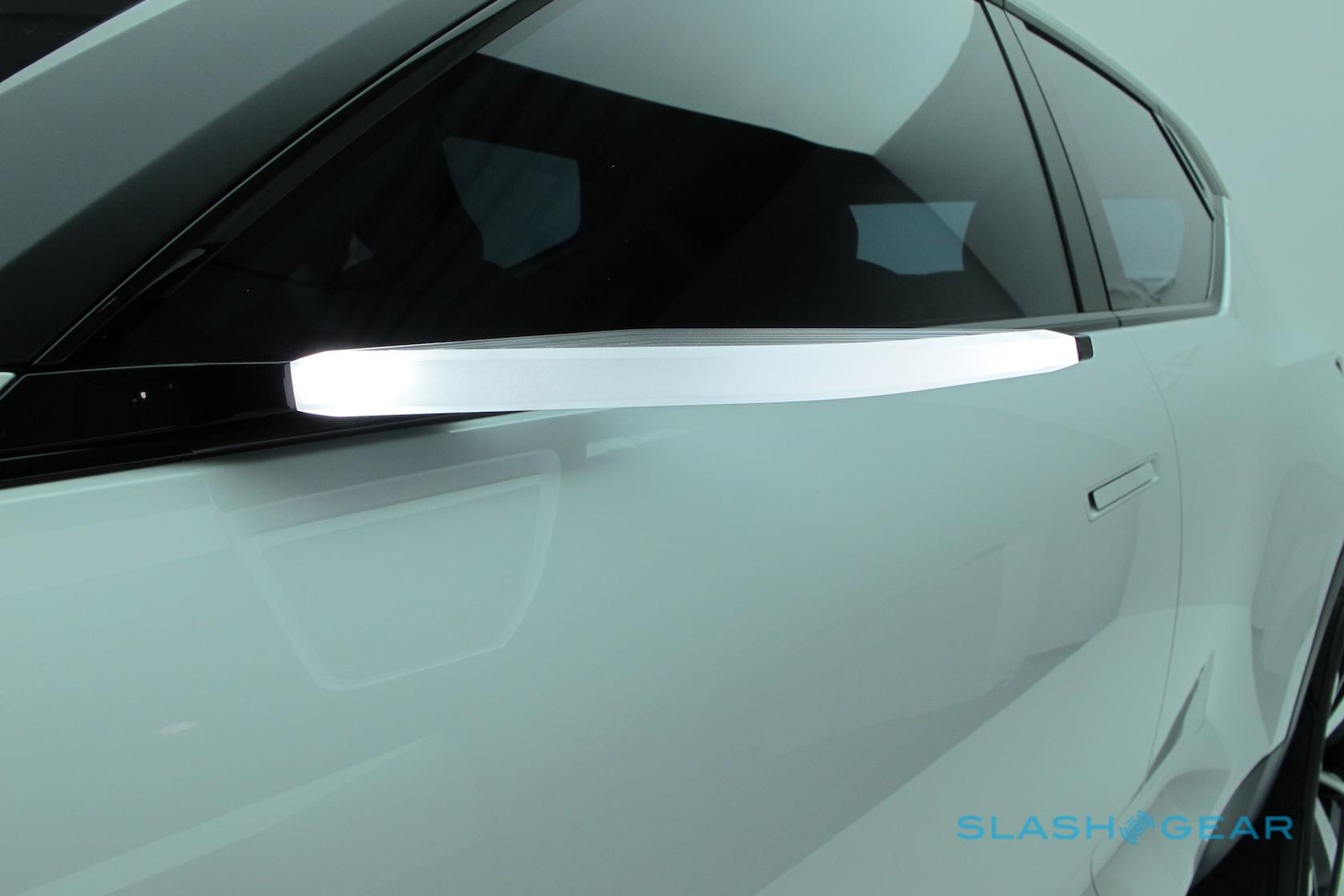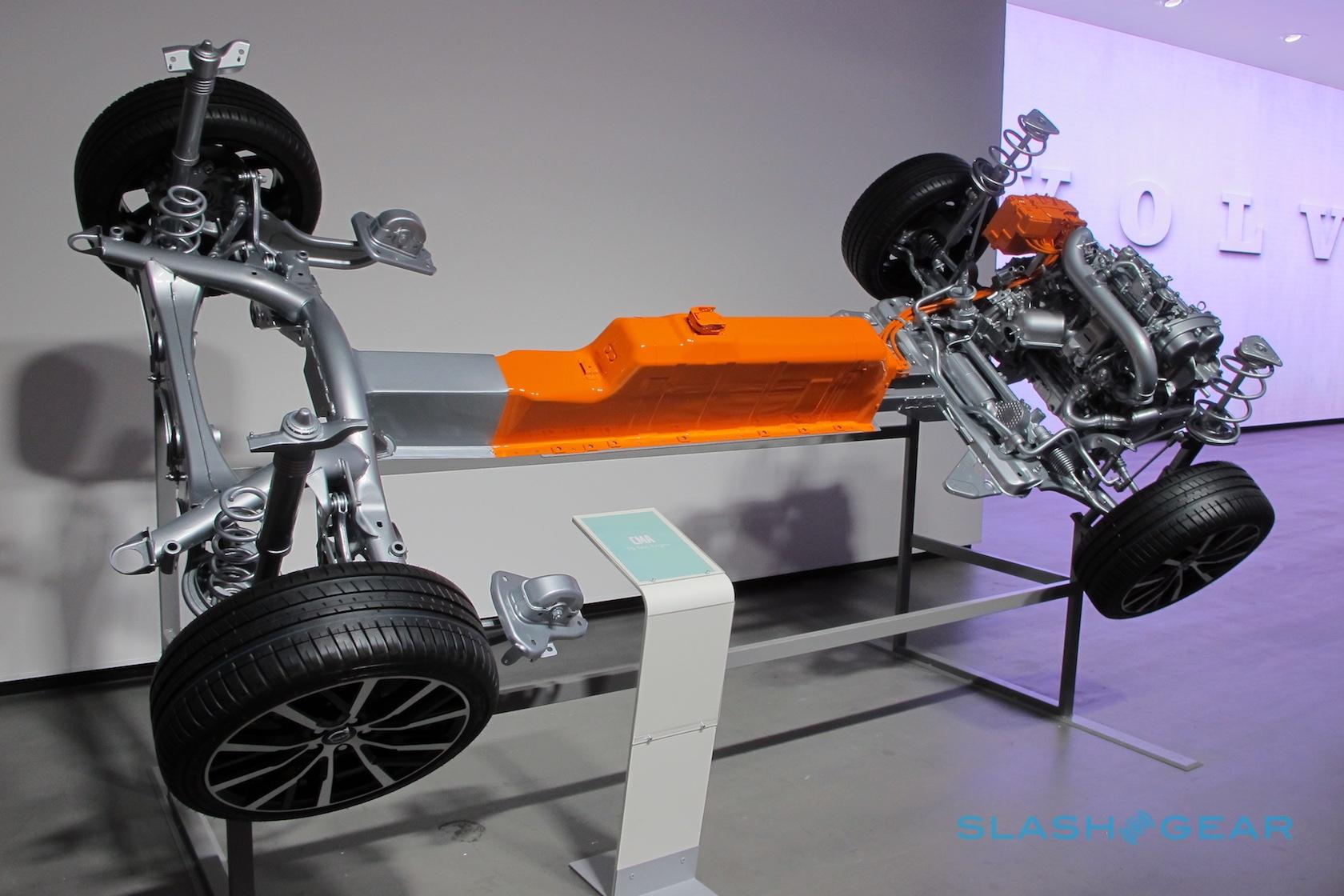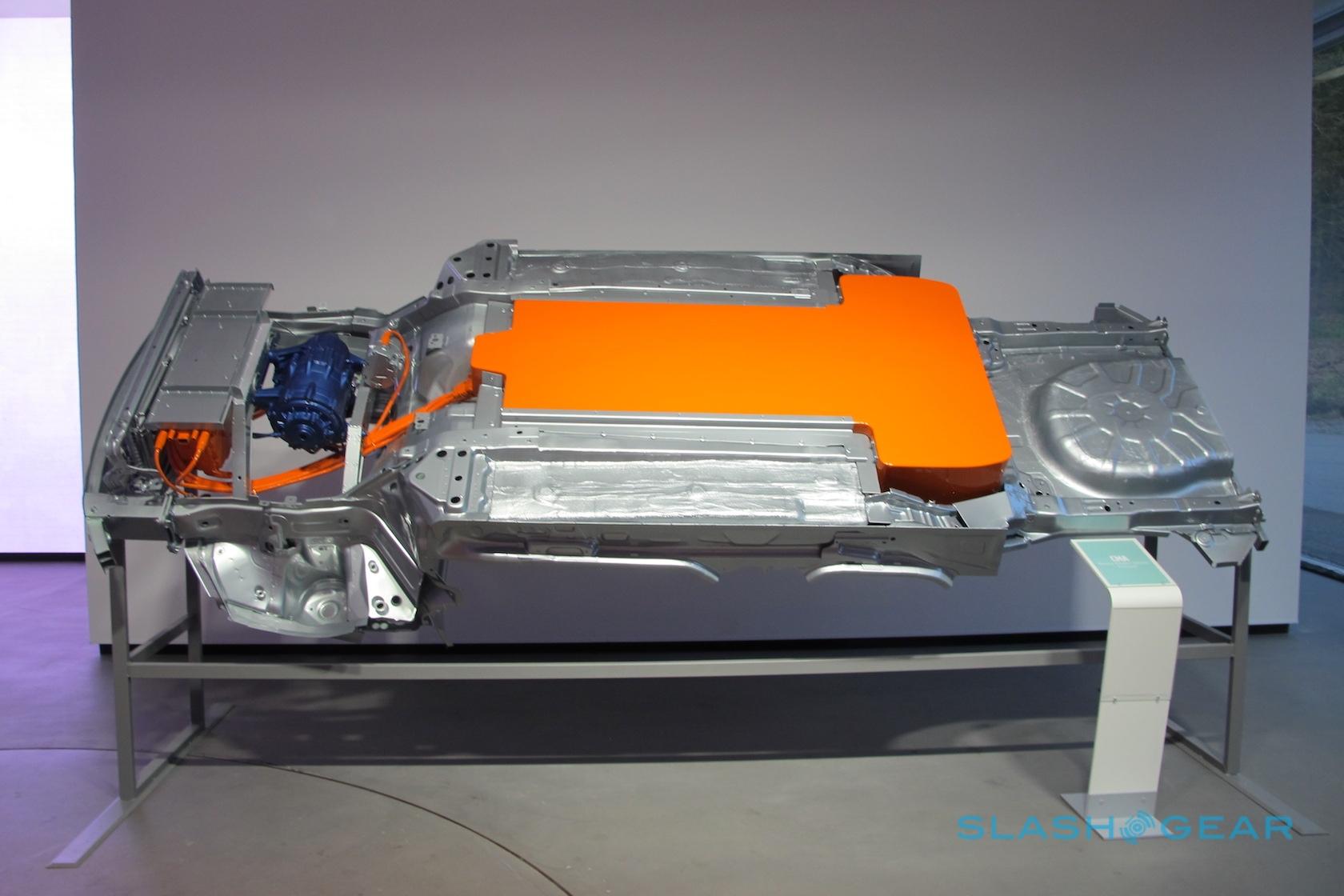Close Up With The Volvo 40.1 And 40.2 Concepts: 2018's XC40 And S40
"I think we're all fed up with it," says Volvo's senior VP of design, Thomas Ingenlath. We're at Volvo's design studio at its Torslanda headquarters—a typically sleek building amid a typically woodsy Scandinavian surrounding outside of the typically Swedish city of Gothenburg—and Volvo has just unveiled the 40.1 and 40.2 concepts, effectively the 2018 Volvo XC40 and S40 (maybe, more on that later). Immediately this was clear: there is nothing typical about them.
What was meant to be a glimpse at the future of Volvo's compact offerings, on its new Compact Modular Architecture (CMA) has quickly turned into something far greater, possibly ominous. For Volvo, the importance of the 40.1 and 40.2 concepts shown here cannot be understated. The automaker's global CEO Håkan Samuelson told us he's banking on these cars to account for roughly a third of Volvo's volume, helping the automaker grow from more than a half-million sales to 800,000. No pressure, then.
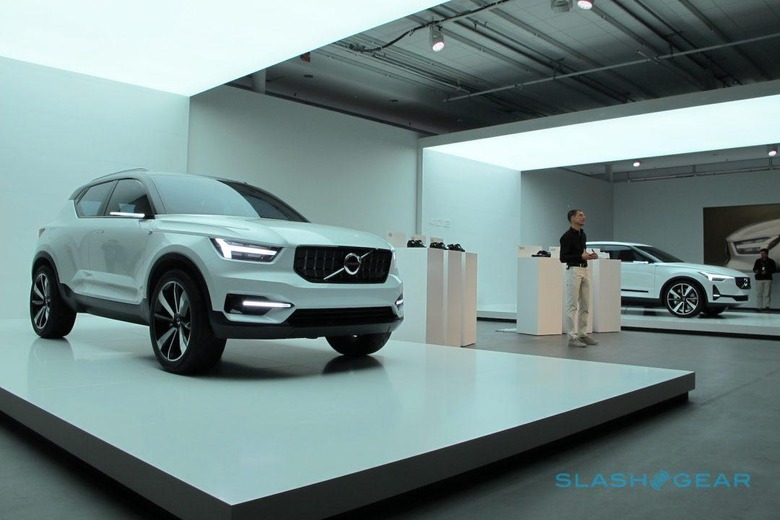
But the second the covers were pulled off the concepts, there was a momentary gasp. Something was very wrong. A decade from now, we'll come back to this moment, realizing this may have been the spark. Reveals are a tricky thing, but in recent years, for those of us covering the industry, the term "reveal" has been watered down, on account of extreme predictability. Exhibit A: the entirety of the German automotive luxury market.
It's a trap BMW, Audi, and Mecedes have all found themselves in. Two points make a line, and in each of these cases, you can fill in the third without even seeing it. Think of this: picture the Audi A4 and the A8, without ever having seen the A6, you could probably—almost exactly—picture what it looks like. Or the BMW 3 Series, which looks like a smaller 5 Series, which looks like a smaller 7 Series. Mercedes has shown greater differentiation across its range, but even here the C-Class, E-Class, and S-Class have similar aesthetics.
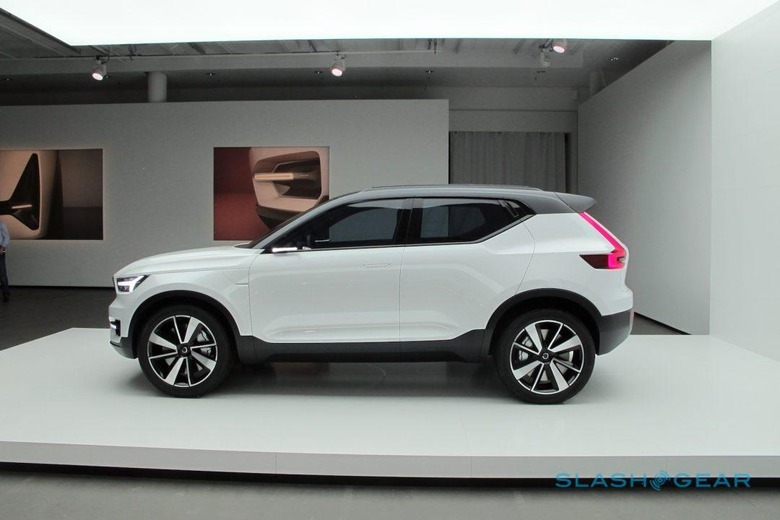
To be fair, all of the above mentioned cars are fantastic, some of them even beautiful. But somewhere along the line, this ethos of a "familar face," and instant brand recognition became paramount, and the more interesting, challenging—less we forget costly—way of designing cars went out the window. Now, back in Volvo's design studio, before the covers were pulled, before the momentary gasp, Ingenlath was standing before us, with three covered displays to his right.
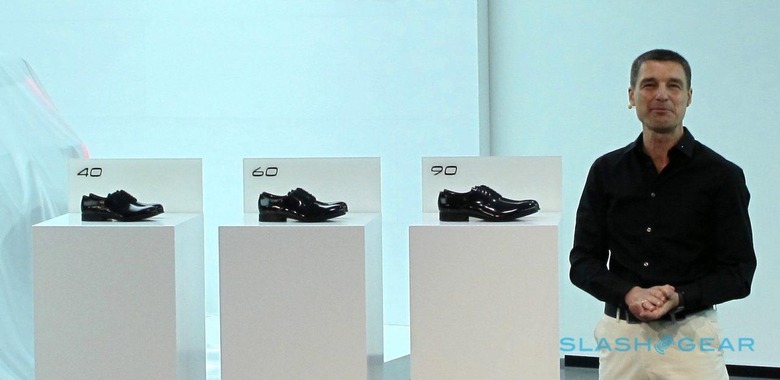
"This is how we could do it, how it's being done," said the German-designing-for-the-Swedes-backed-by-the-Chinese. He ripped the covers off of the first display marked "90," and held up a large black leather dress shoe, representing the large class of cars, the XC90 and S90 for Volvo, and the large offerings from the German competition. The shoe is elegant, beautiful, evening wear or business-chic.
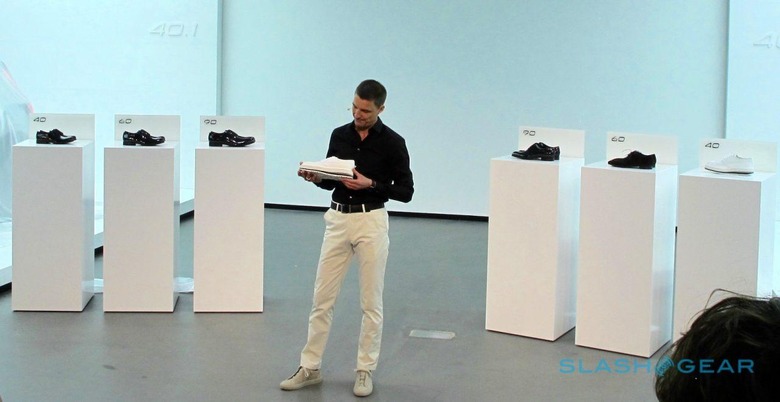
Then, we can give you this, exactly 75 percent the size, and pulled the cover off of the "60" shoe, a replica of the 90, but, smaller. You know where this is going, what's under that third cover, marked "40." Yes, Ingenlath continued, and we can give you this—pause for dramatic effect—exactly 75 percent the size of the "60," and held up the same shoe, but, smaller. "100 percent familiar, and 100 percent boring," he added, holding up the compact shoe.
The display to Ingenlath's left, was what the current plan actually is. And just like that, the biggest thing Germany now has to fear, is a German itself. The 90 show was the same. The 60? A brown suede number, "good for day or night, you basically can't go wrong with the 60." The 40? A standout, white Prada pump with a two-inch platform, rivets, nothing like the other two. The shoe is absolutely hideous. Luckily for Volvo, the concepts it has shown are stunning. Not only stunning, but not even that conceptual.
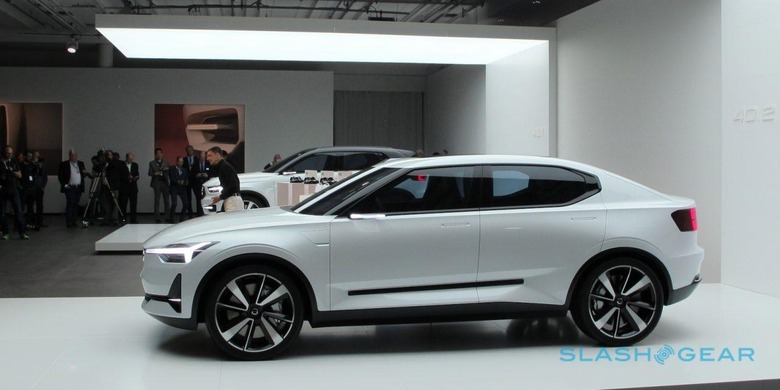
I asked Volvo's VP of design for interiors, Robin Page, how close these concepts are to production cars. A huge closed-mouth grin swallowed the entirety of his face as he gazed at the 40.1 and 40.2.
"I'd say this," he said. "If you look at our previous concepts, the ones we've recently shown, and then the production cars, you'll see we've carried over a very close interpretation of those concepts."
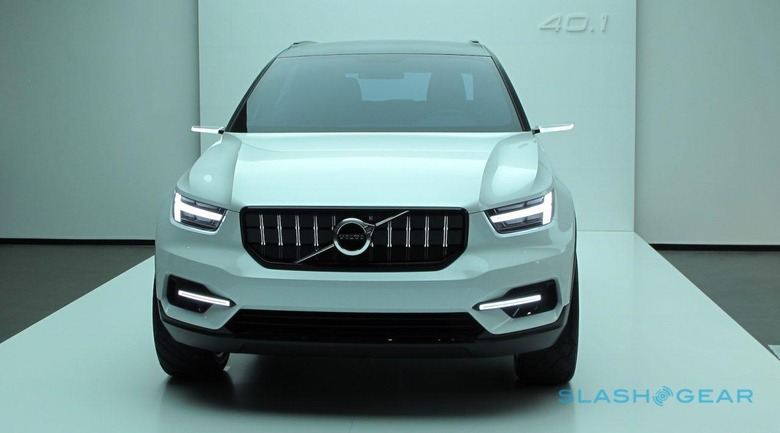
And while the Volvo 40.1 concept is very much the 2018 XC40, a beautiful small crossover ready for production, once it gets legit mirrors and a few tweaks, the 40.2 is the true surprise. "We said let's try for something than just the traditional sedan which is a crowded segment," Volvo's head, Håkan Samuelsson told us a little after the reveal. "The question is what do we call it exactly?"
While the media was expecting a smaller sedan-version of the attractive S90, the 40.2 is a "notchback," hatchback, holla-back compact that doesn't fit cars in the "S" nomenclature, or the "V" nomenclature, exactly.
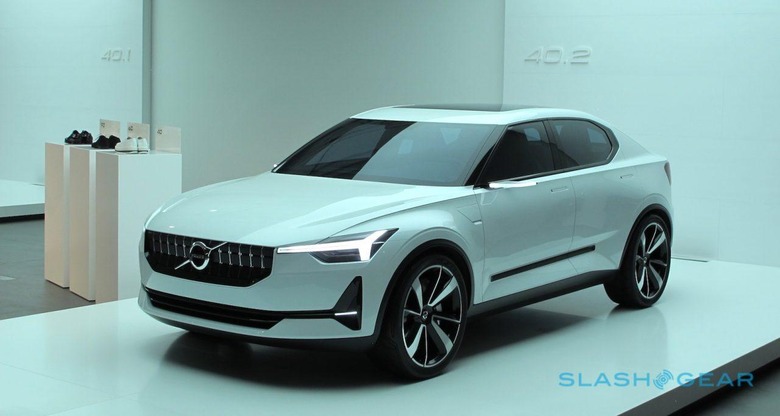
"I thought it was more of a concept when I first showed it to Håkan," Ingenlath tells me. "But he didn't. He could really see it out on the street. We would not show this car if we weren't seriously considering putting it into production."
Interestingly, Volvo has designed its new architecture to be fully electric from the start, and Ingenlath says design is now about interpreting what cars should look like for the "electric age." Tesla has already done away with a traditional grille on its Model 3, and new version of the Model S, because battery-electric cars don't need as much air-cooling as traditional gasoline powered cars.
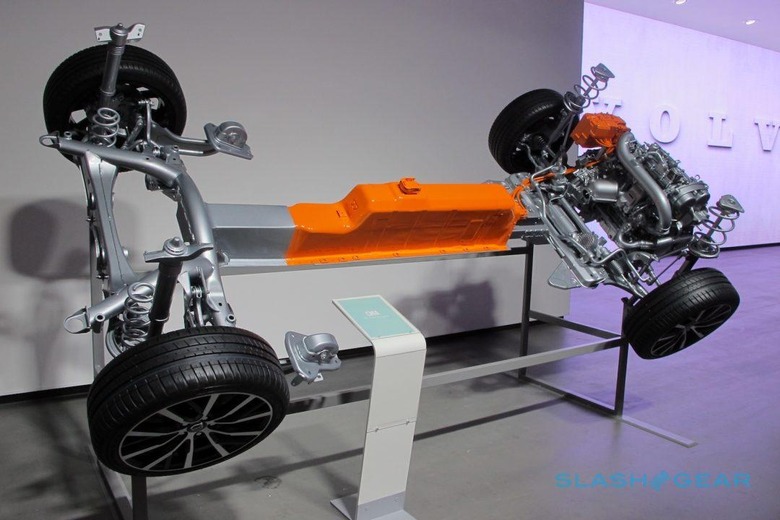
NOW READ: Volvo's brave new world of Tesla-fighting EVs
But we're in the in-between phase. Volvo will have an all-electric version available by 2019, boasting 220 miles of range. But in the meantime, until consumers are completely ready for that, there will be traditional four-cylinder gasoline engines, and Volvo's new T5 "twin-engine" hybrid setup. The new 1.5-liter three-cylinder engine pairs with an electric motor and lithium-ion battery, and will offer just over 30 miles of pure-electric range as well.
But the car's don't look gimmicky or "electric." They don't have huge exhaust pipes, and some things will change. But they also don't fall into the Nissan Leaf and Chevrolet Bolt trap that Ingenlath refers to as the "first chapter, the 'hey look at me, I'm driving electric." He says the cars must appeal to driving enthusiasts too.
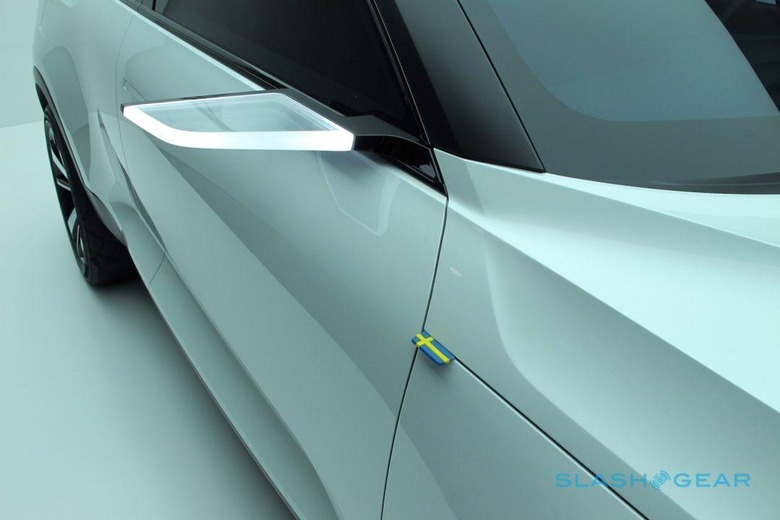
Perhaps it shouldn't be a surprise that great design would come out of Scandinavia, and after seeing the interior of the XC90, and the entirety of the soon-to-be-launched S90, we shouldn't be surprised that these concepts are stunning.
For the moment, the industry should be on alert; Quietly, the second coming of the vikings are assembling up in the Scandinavian woods, and this time, the ambition is global.

